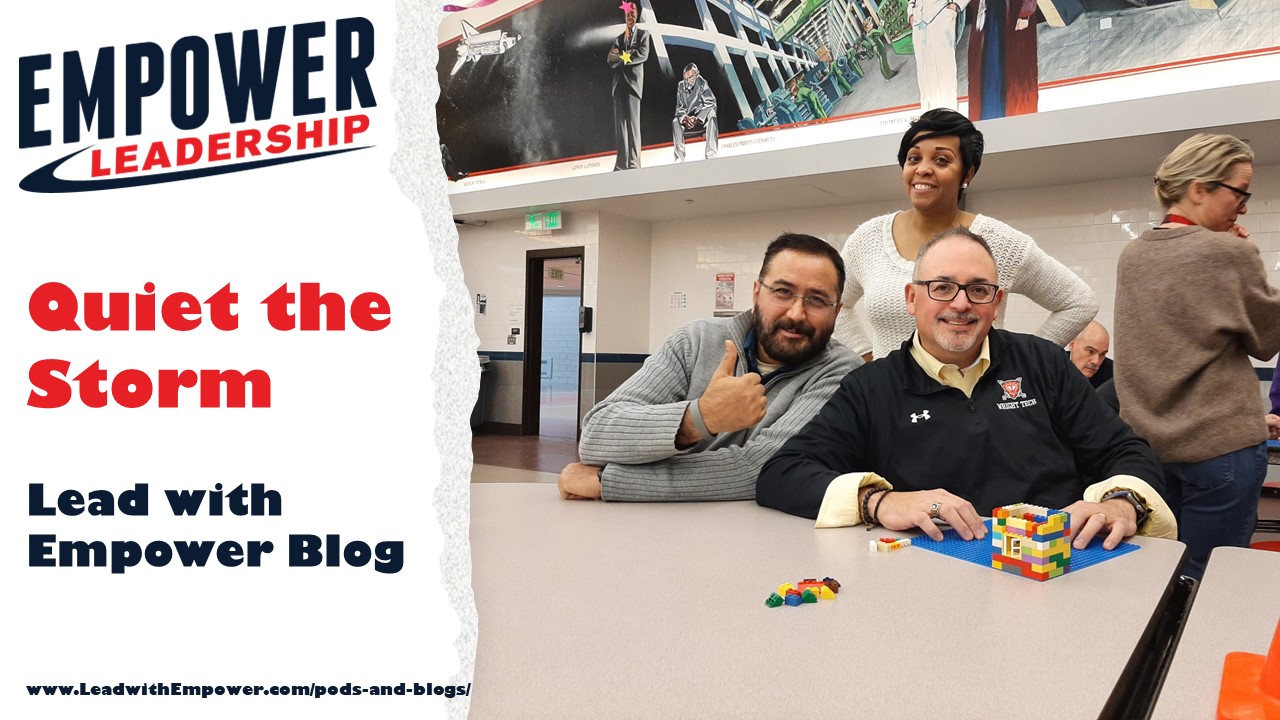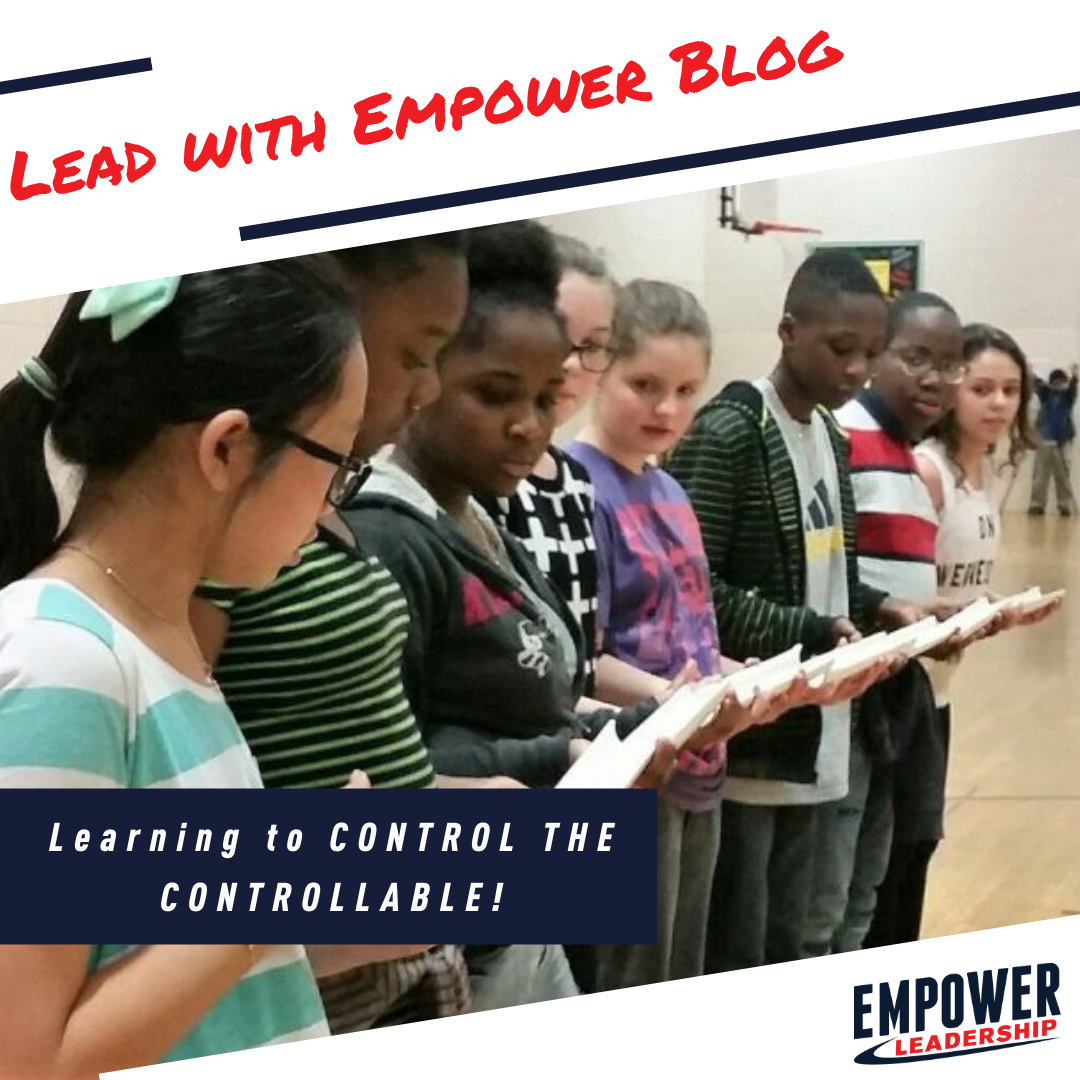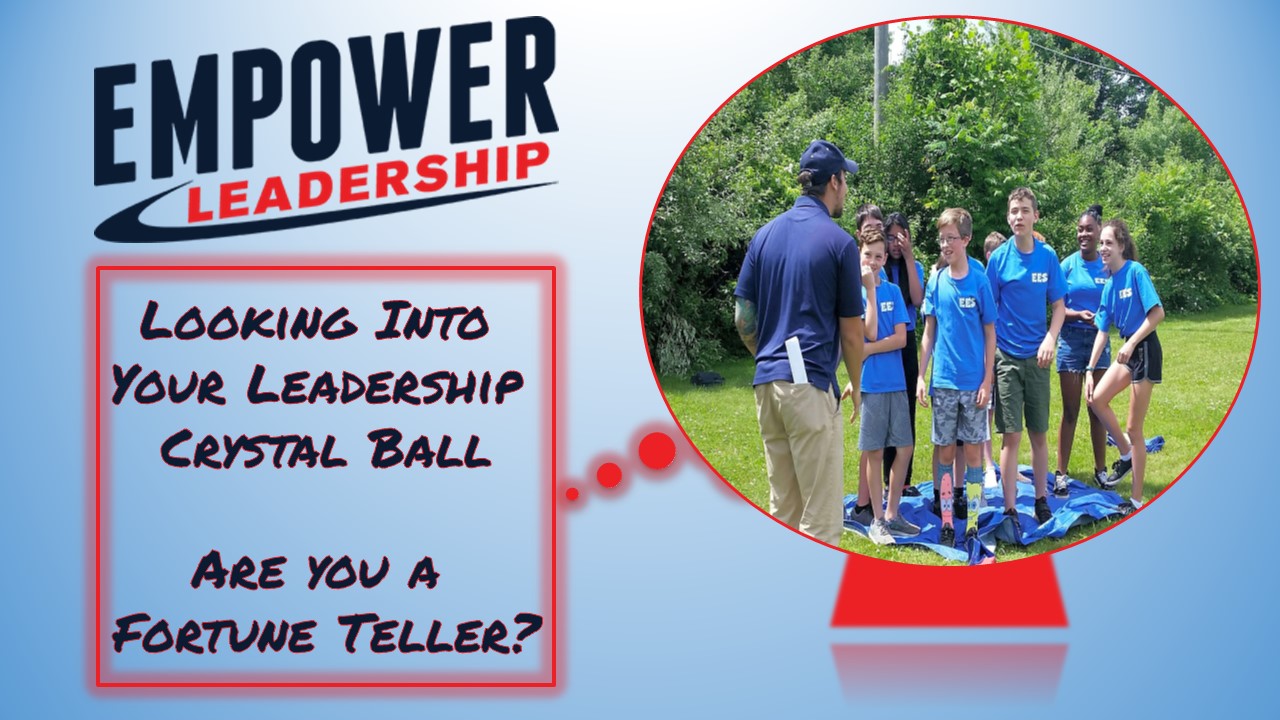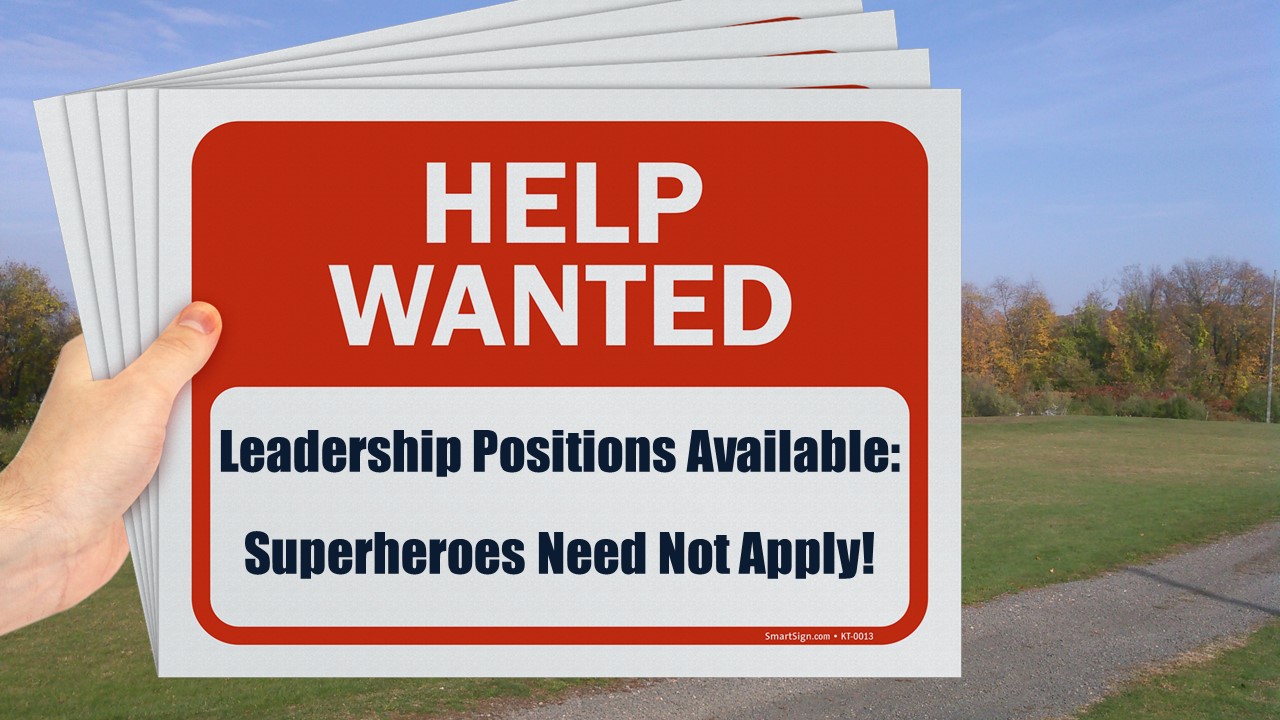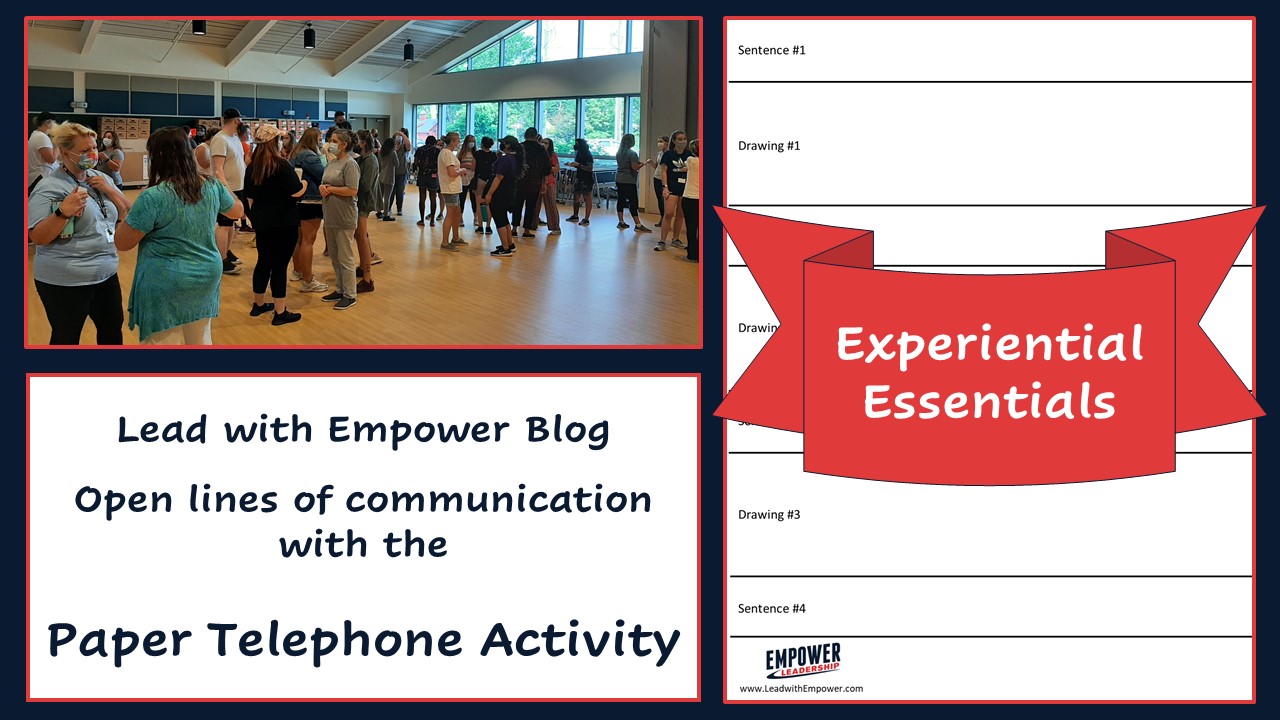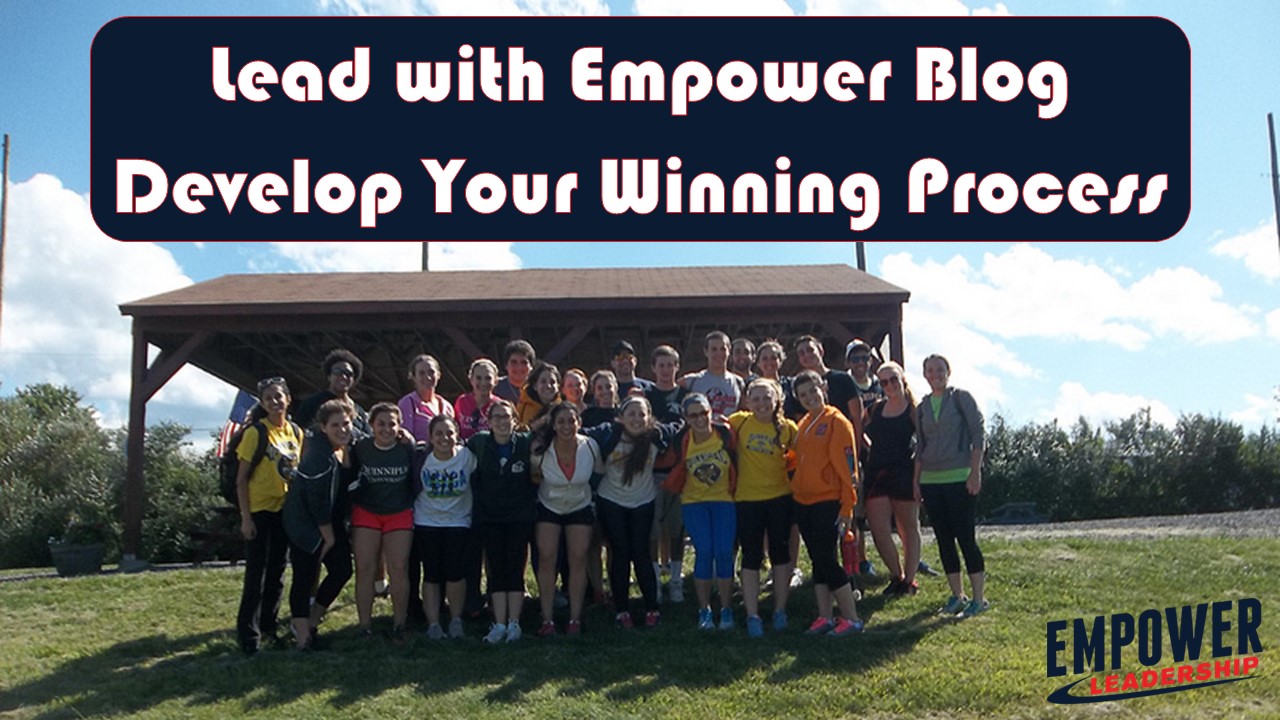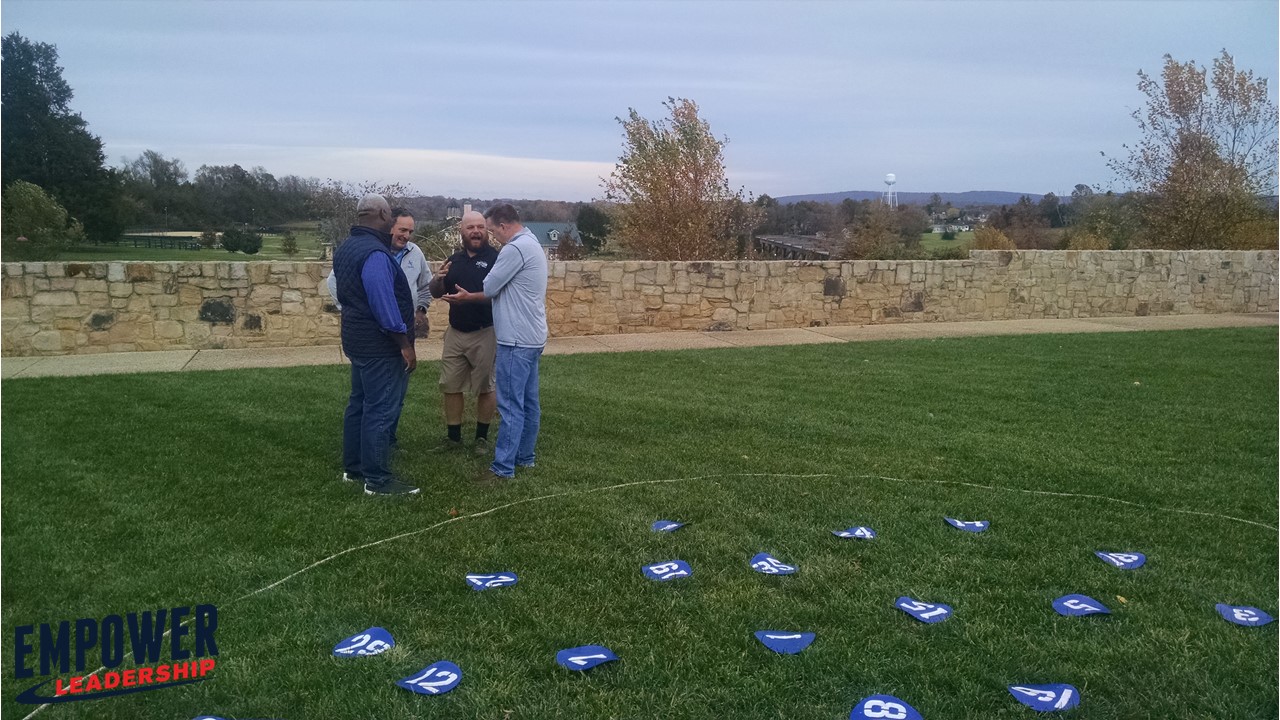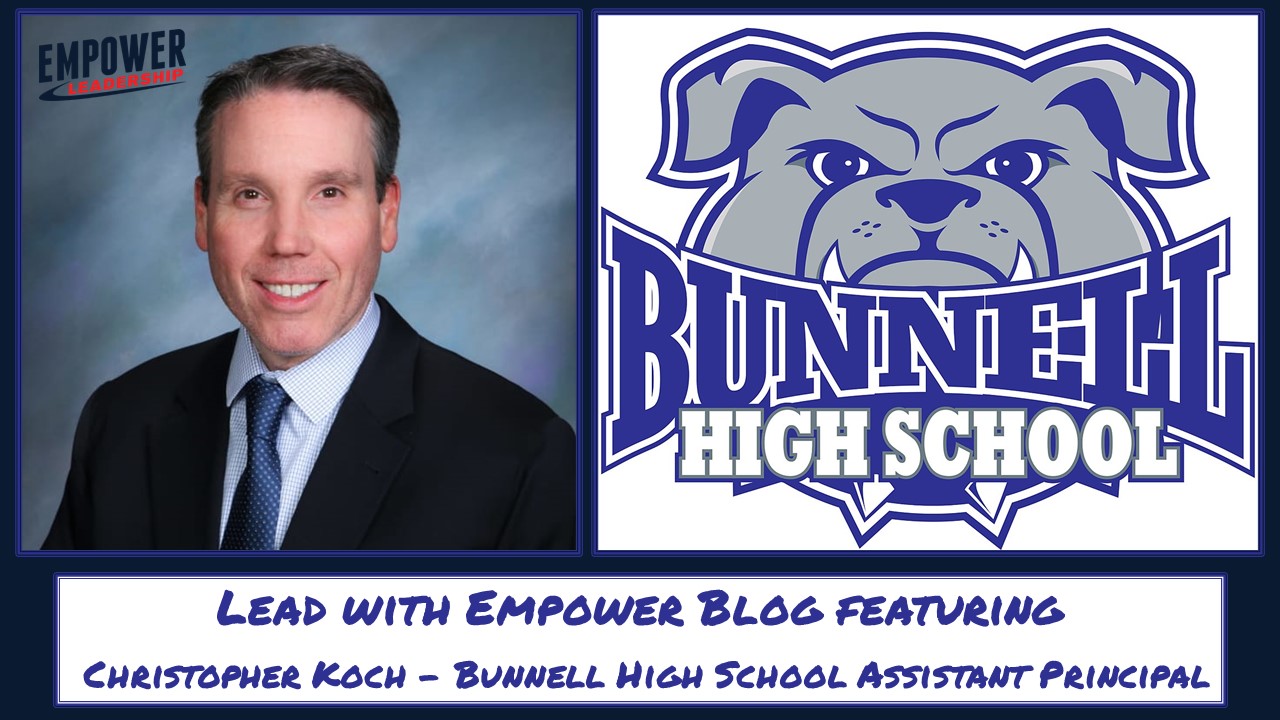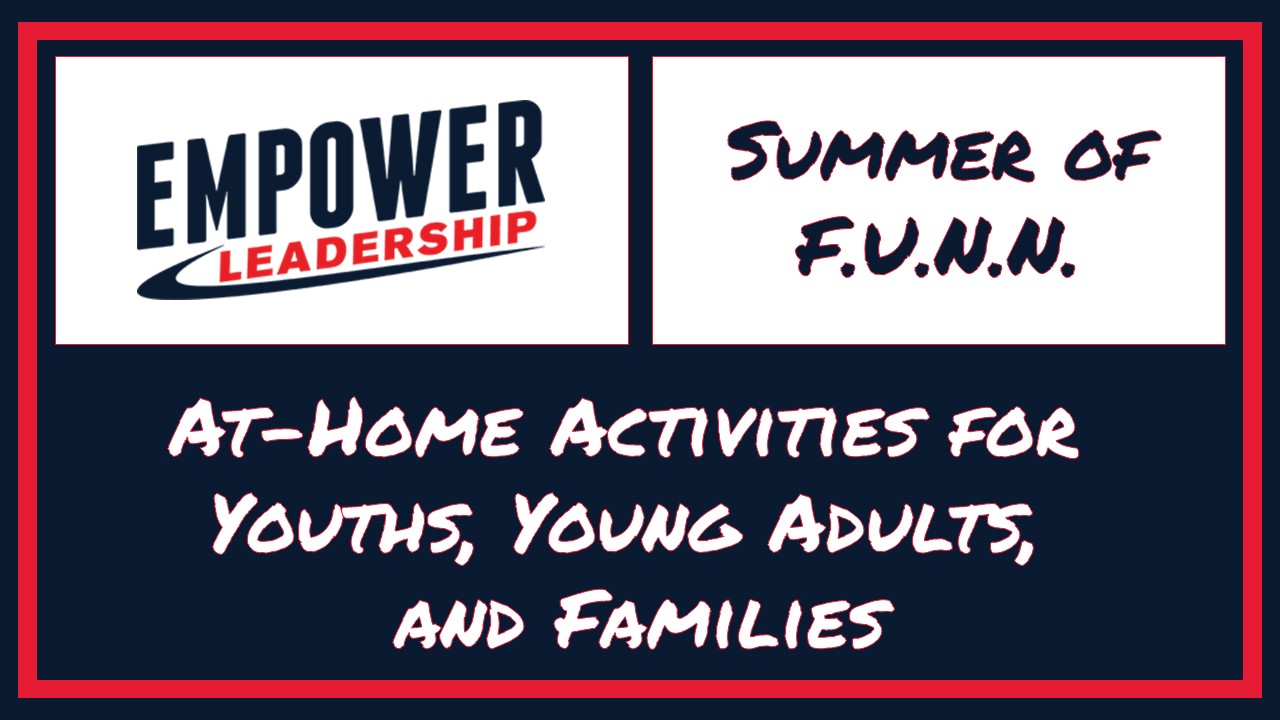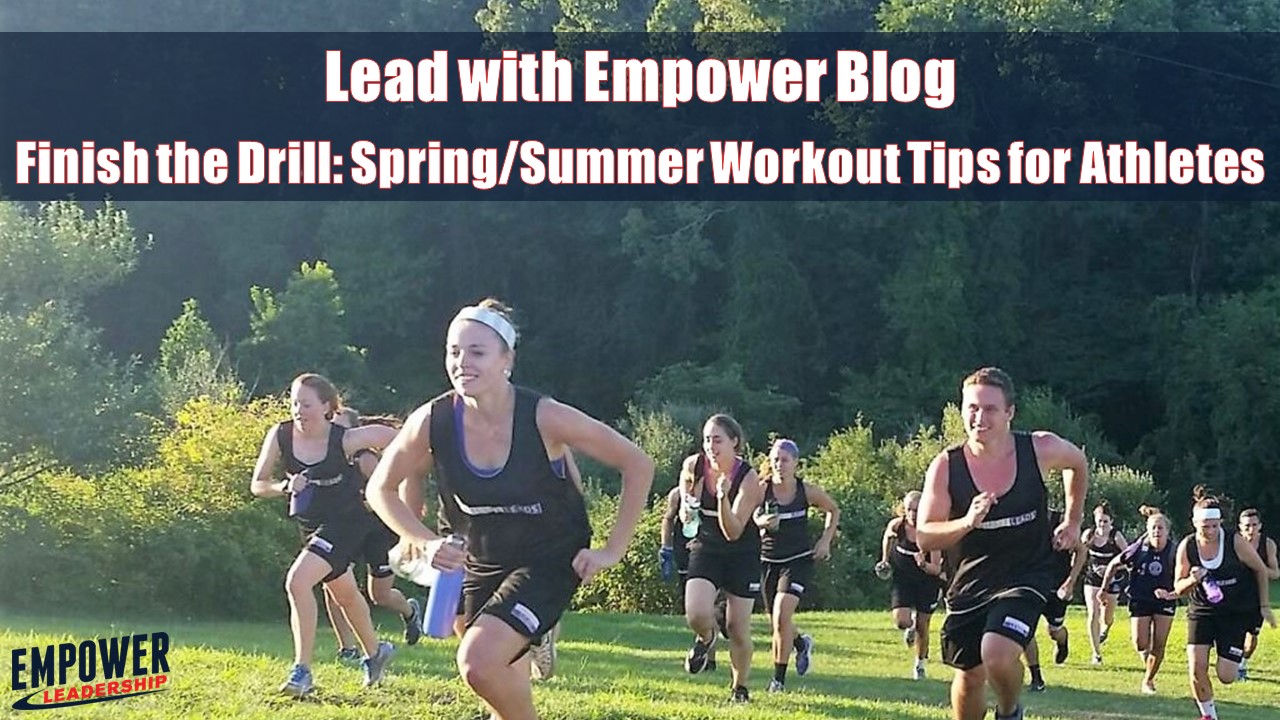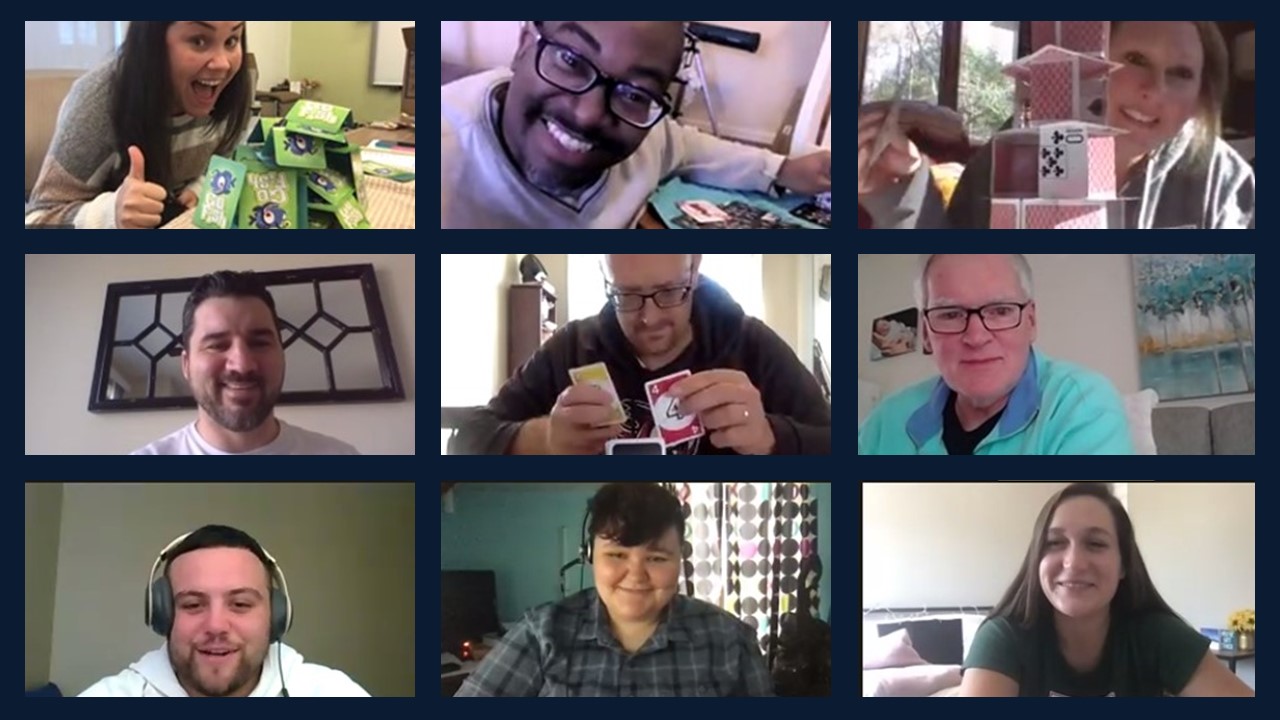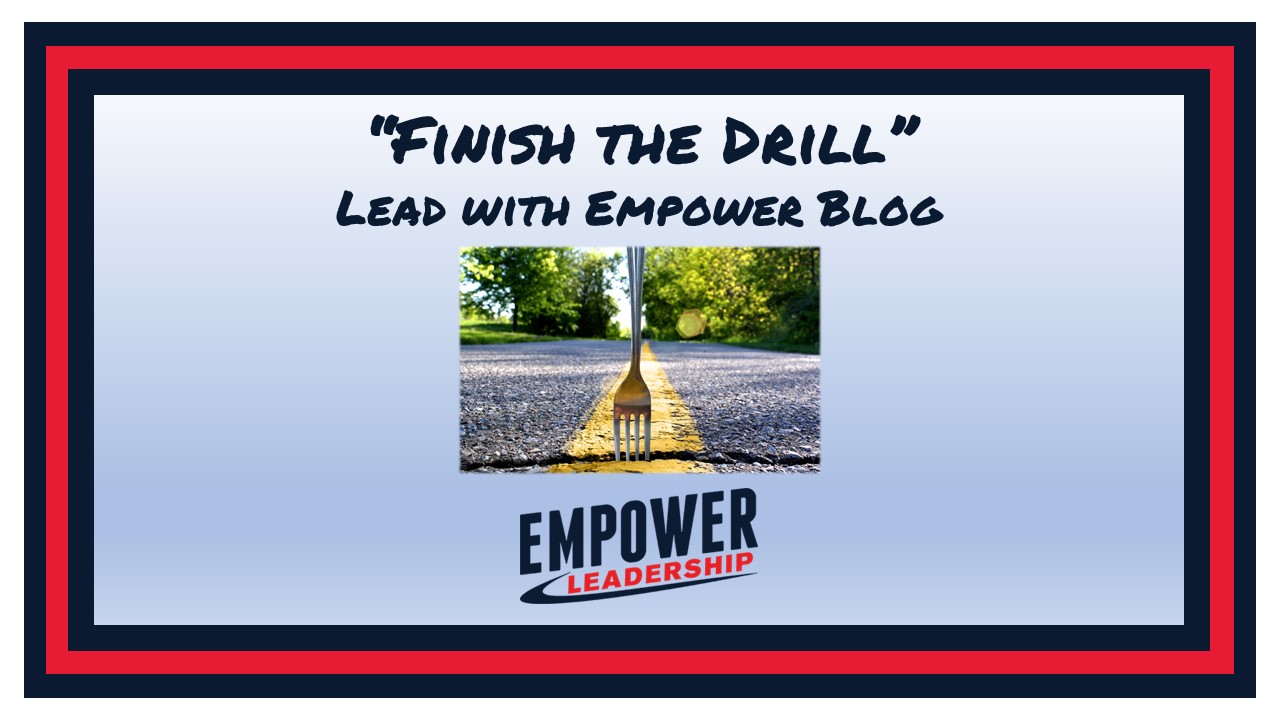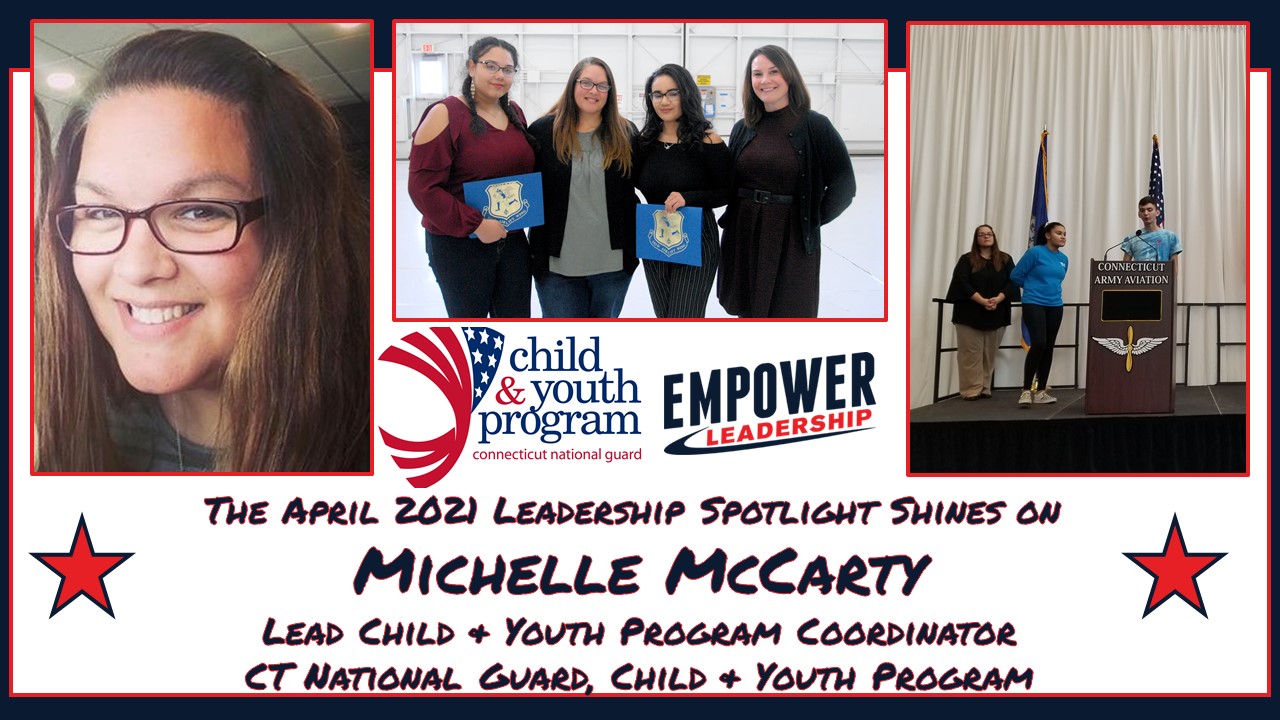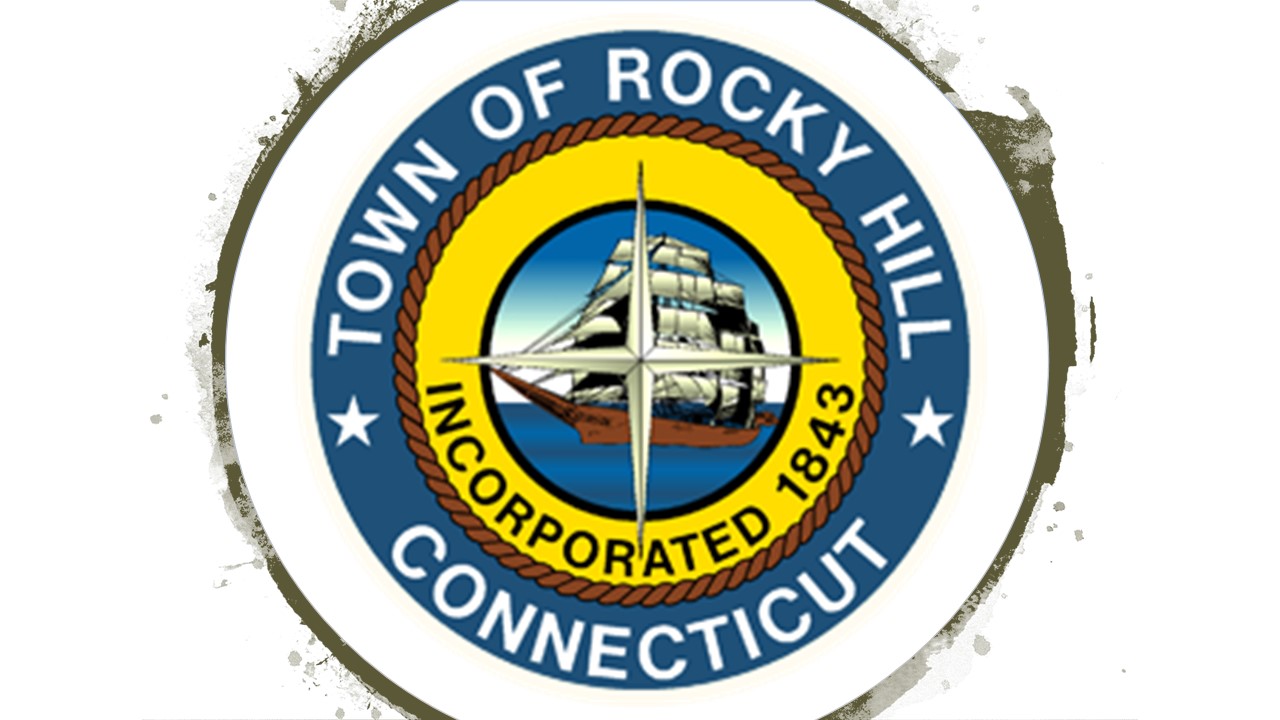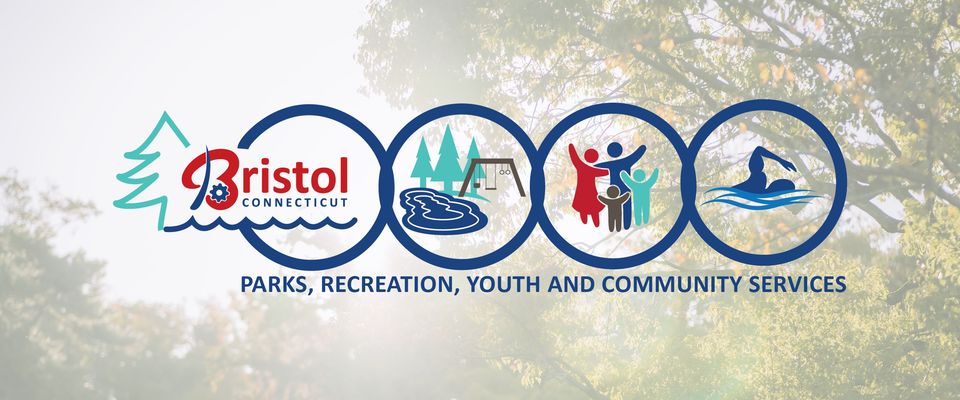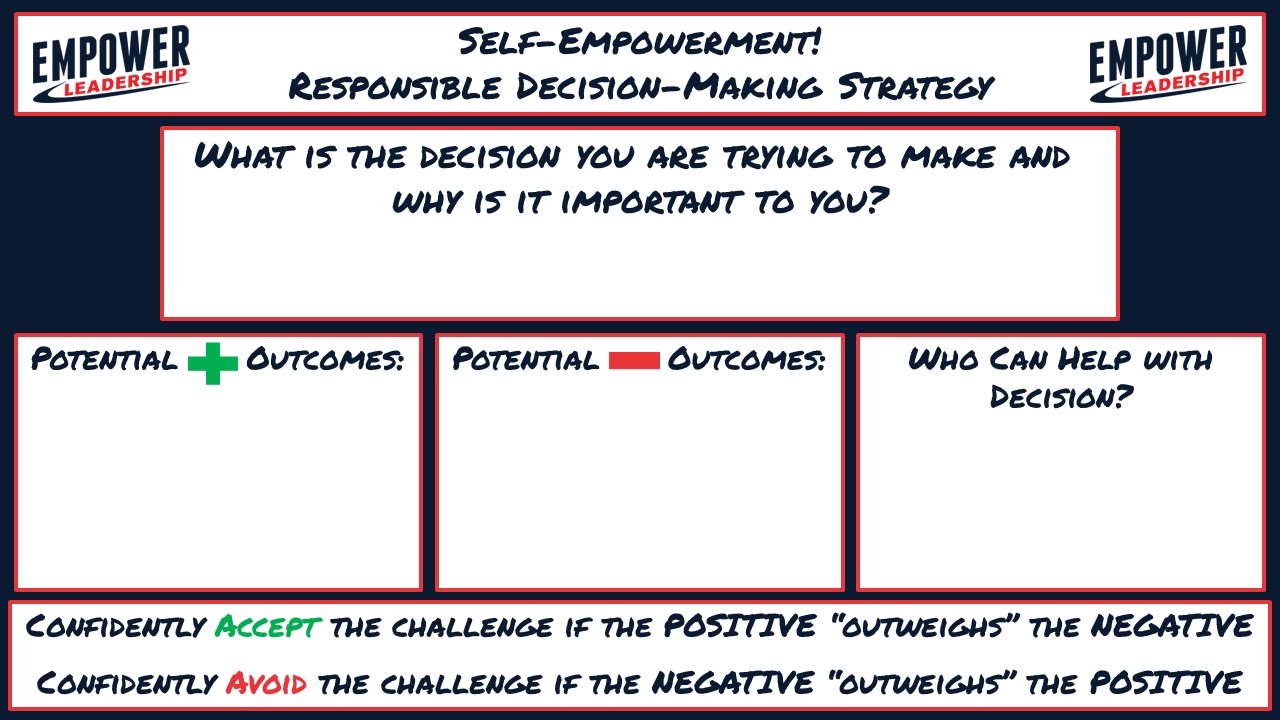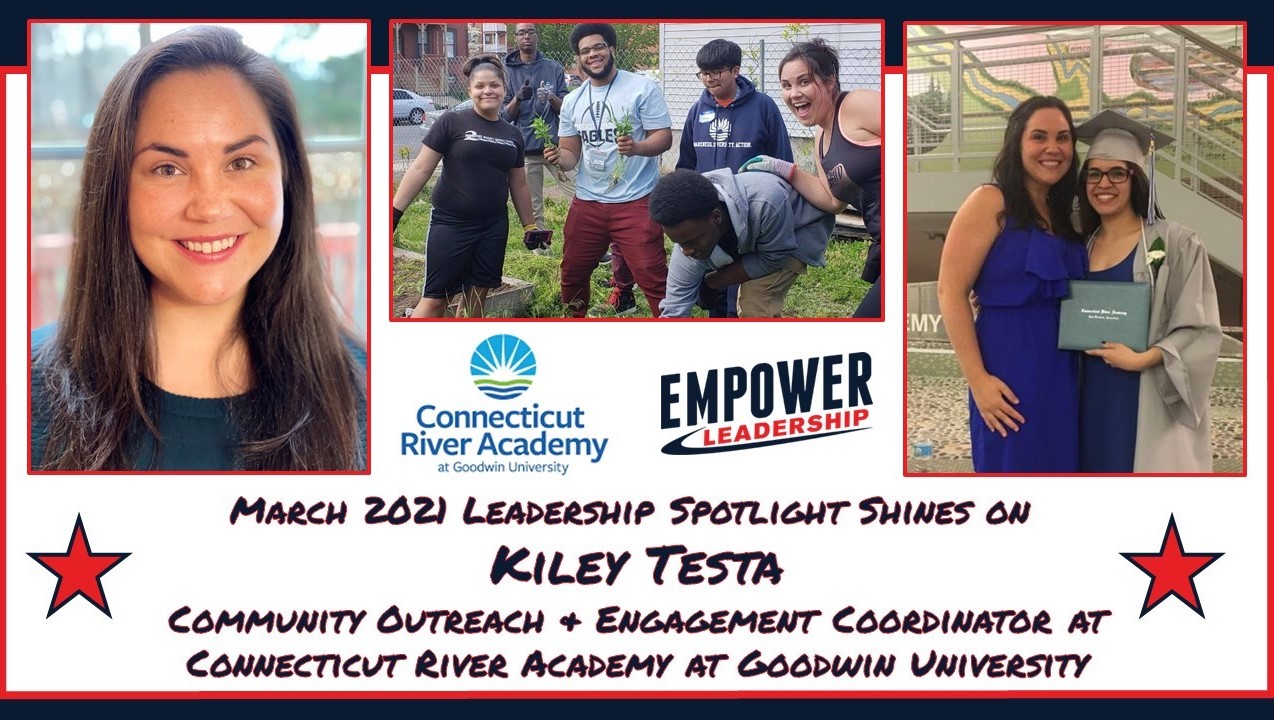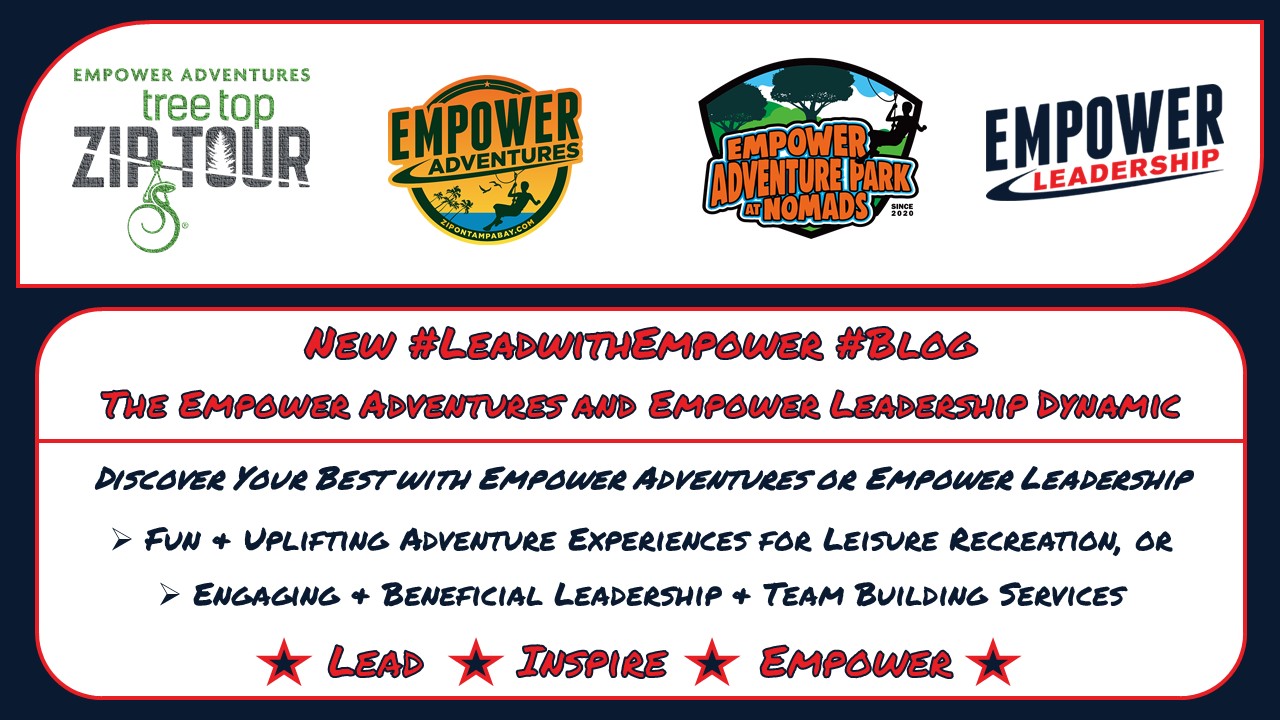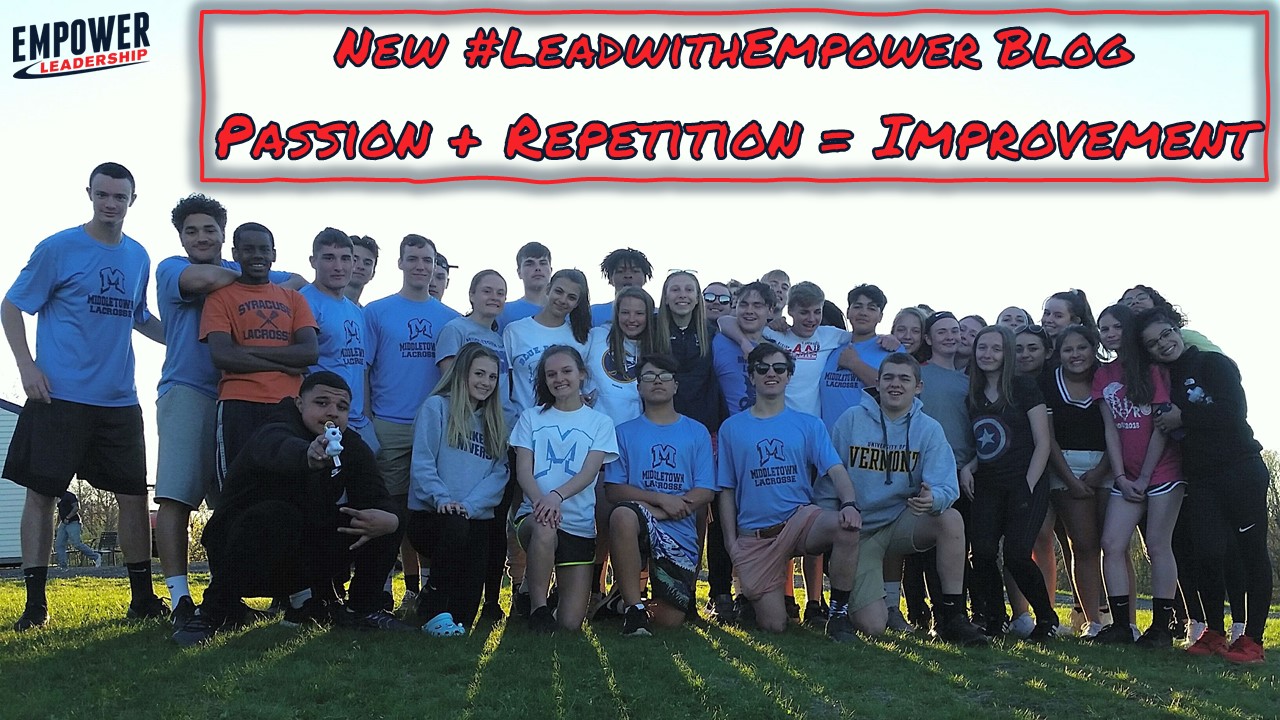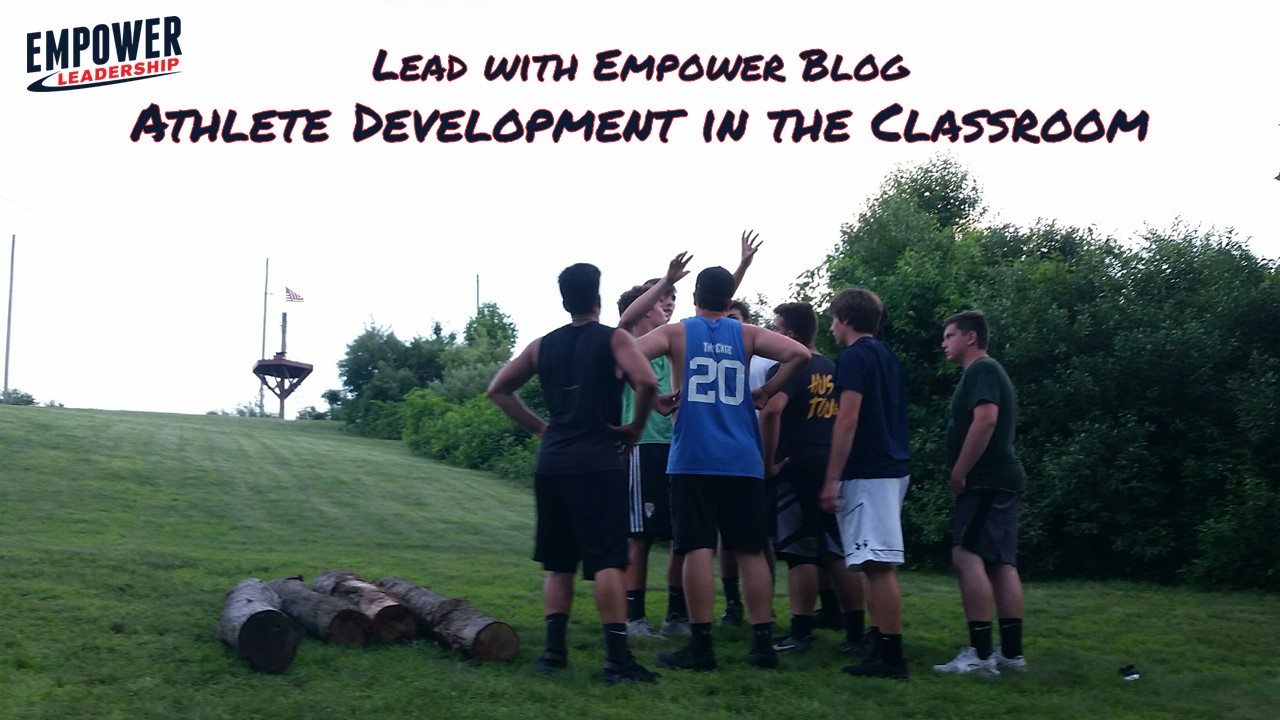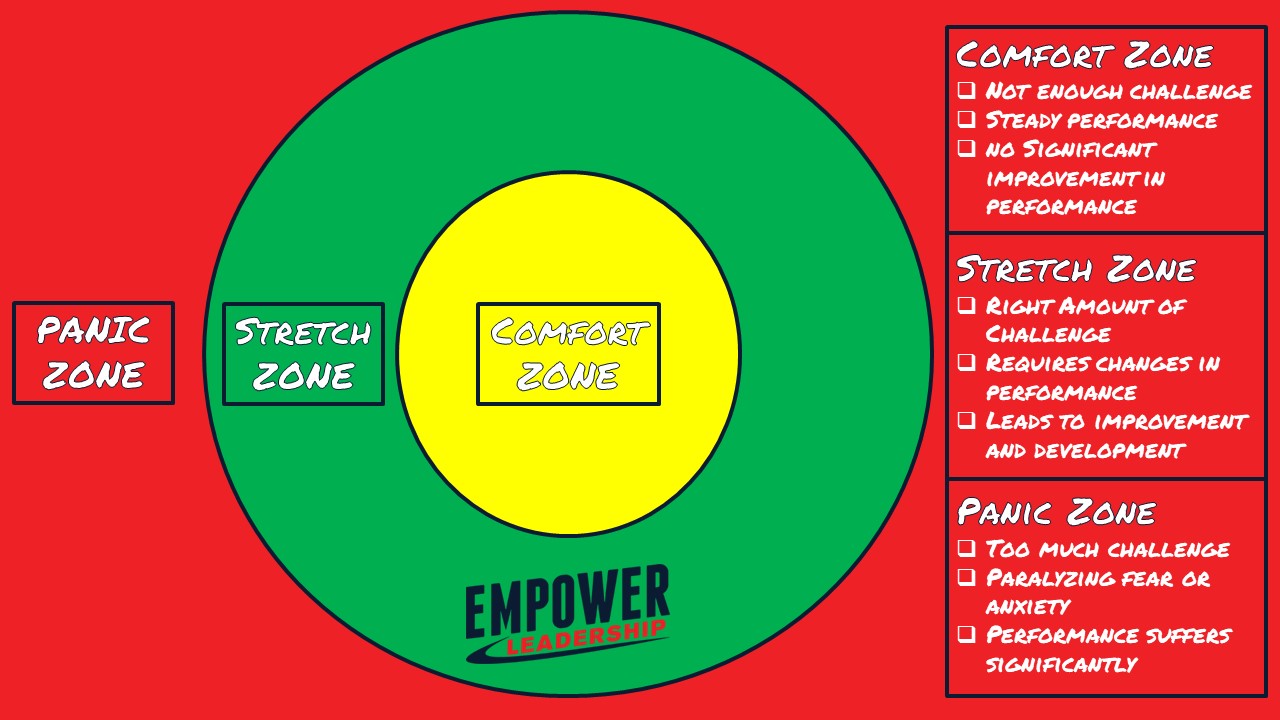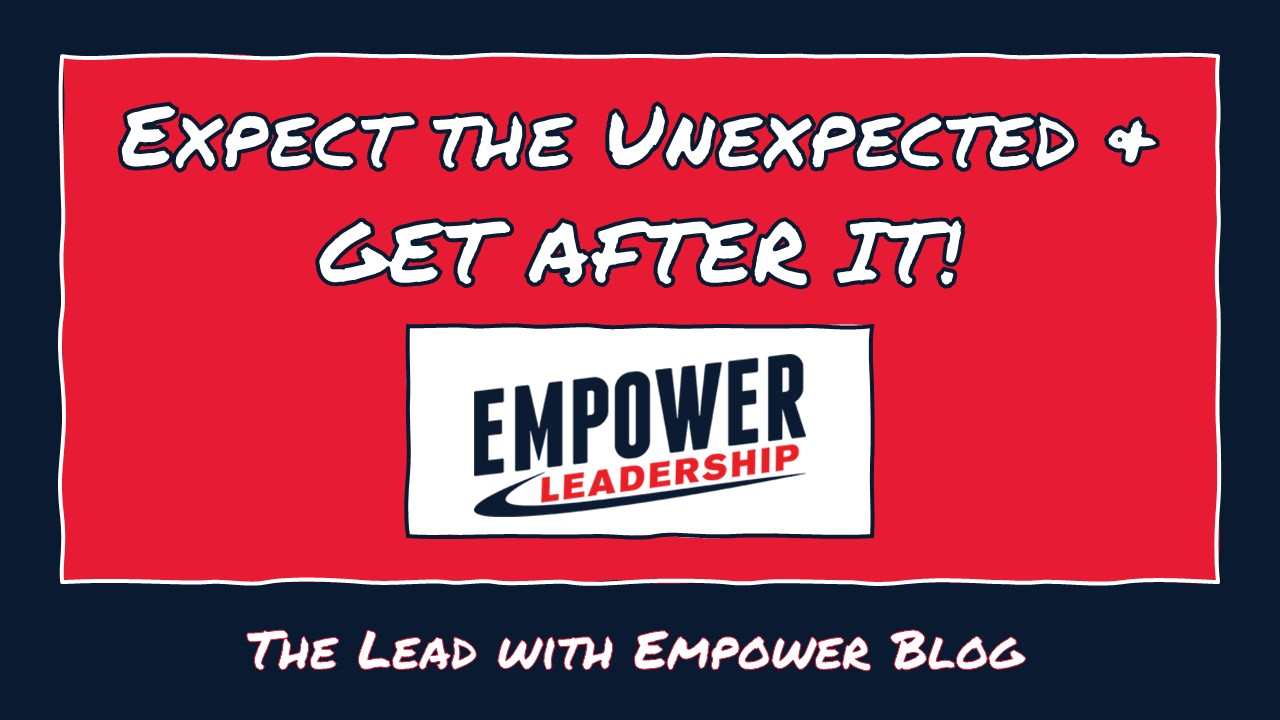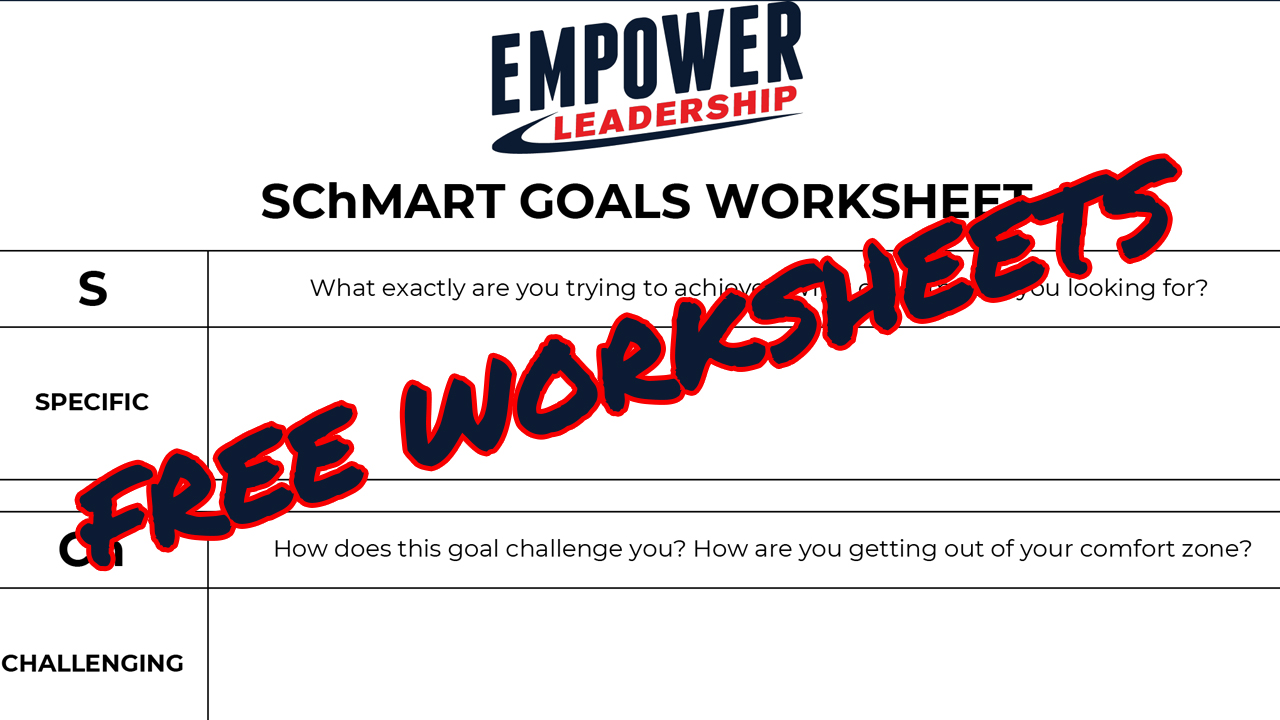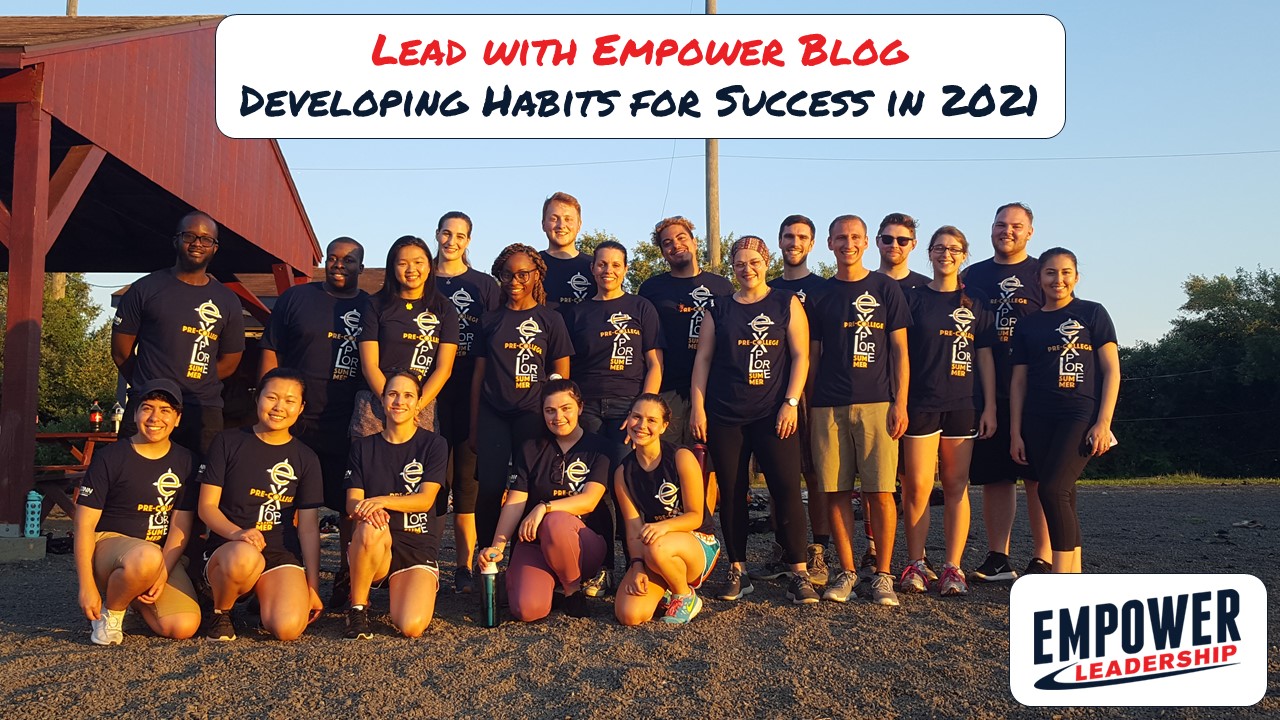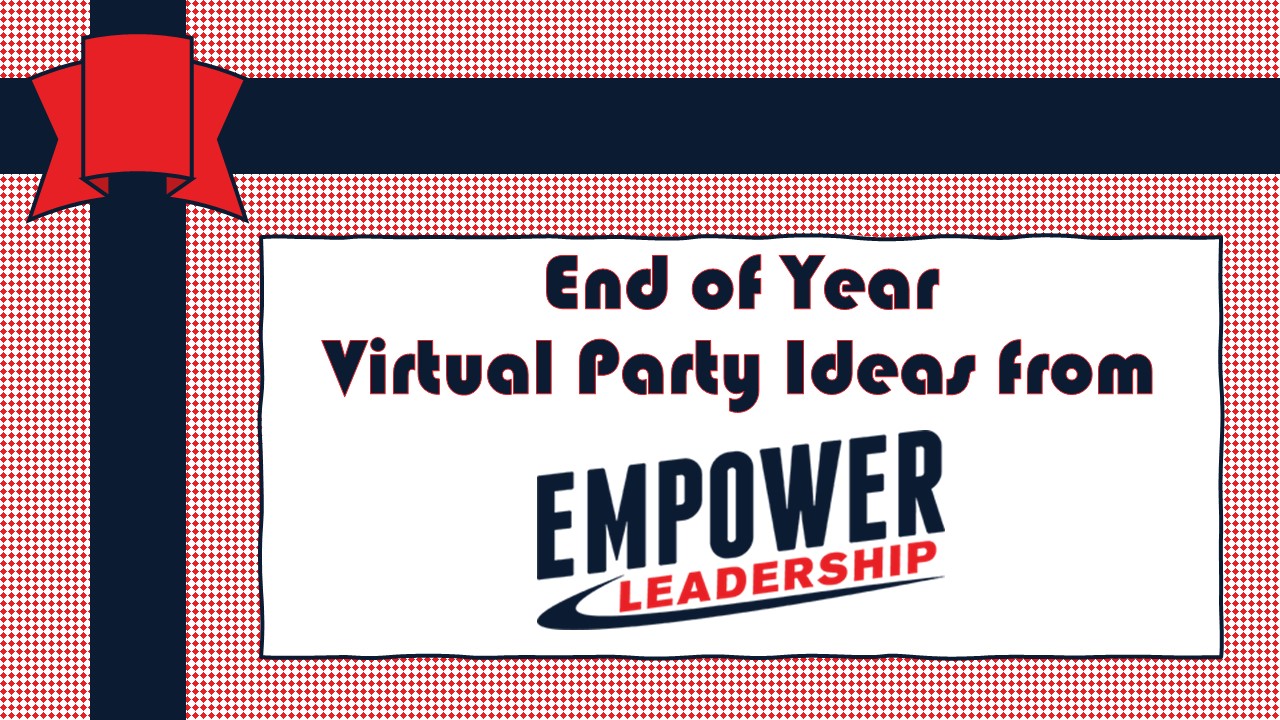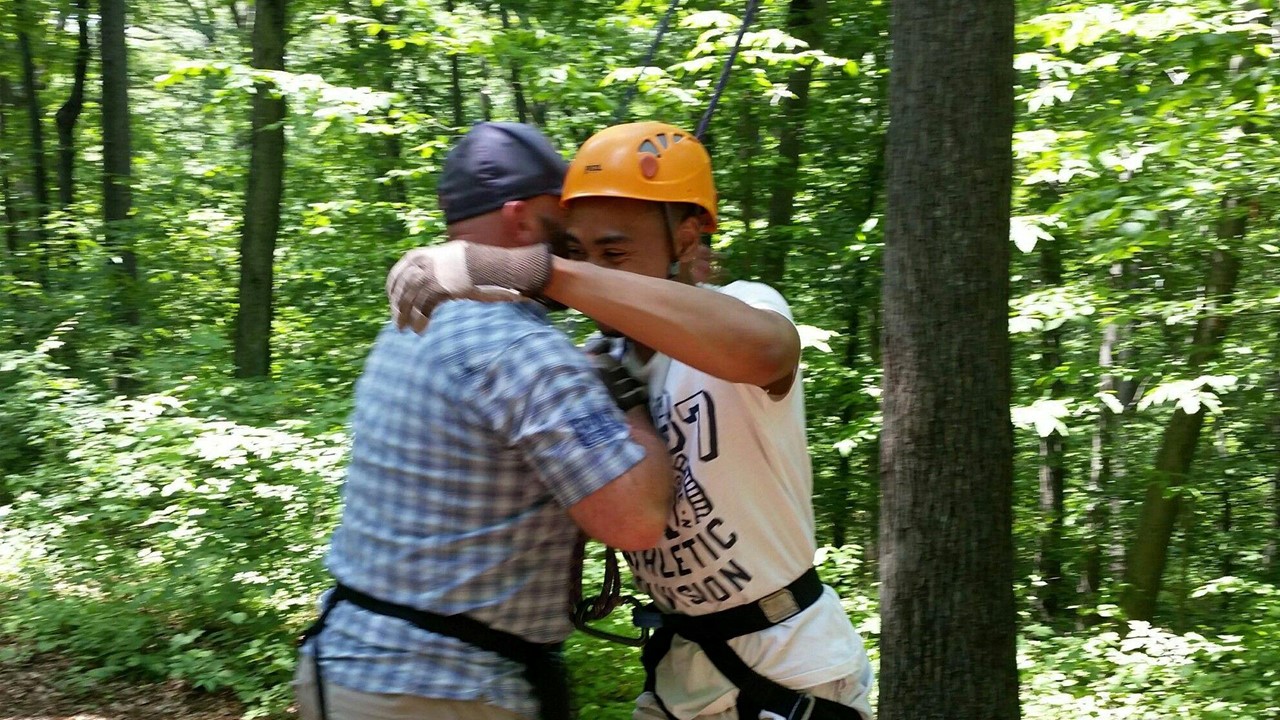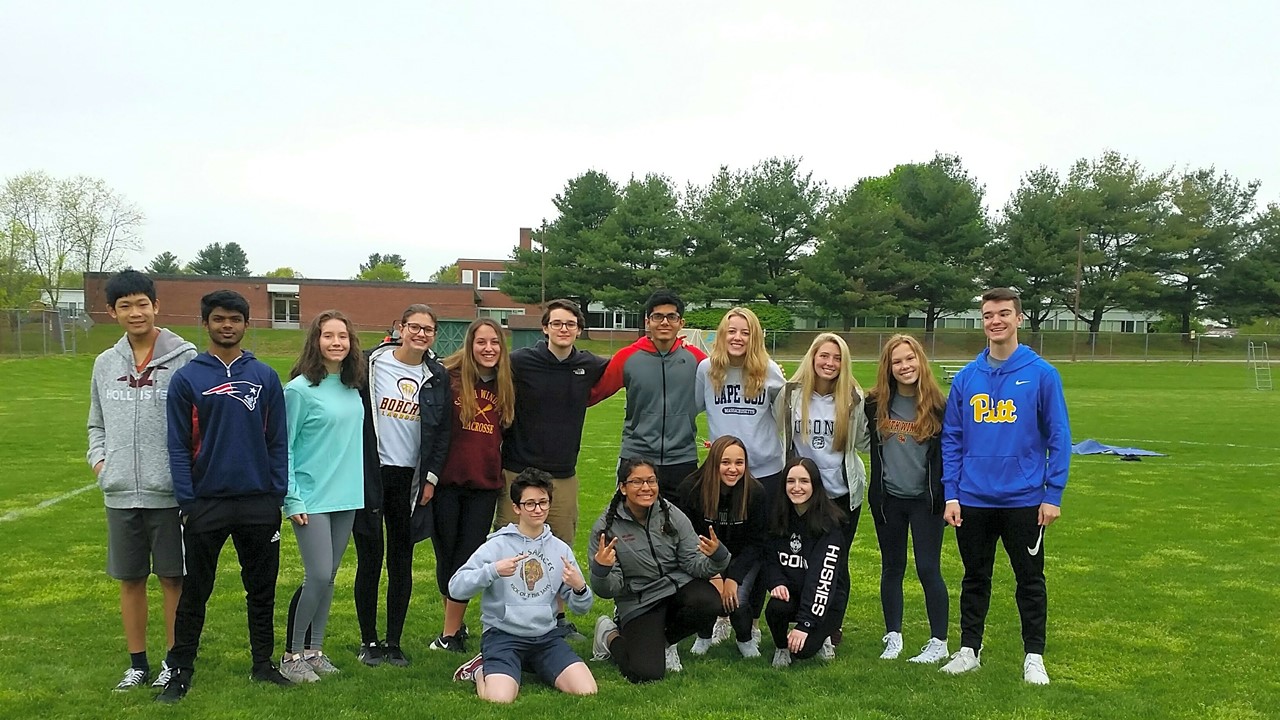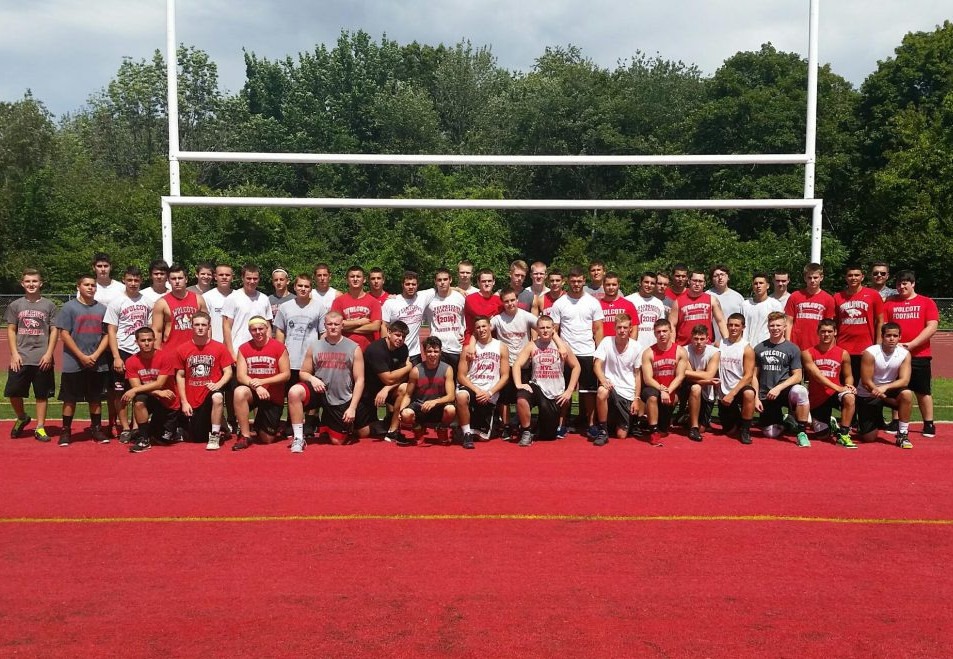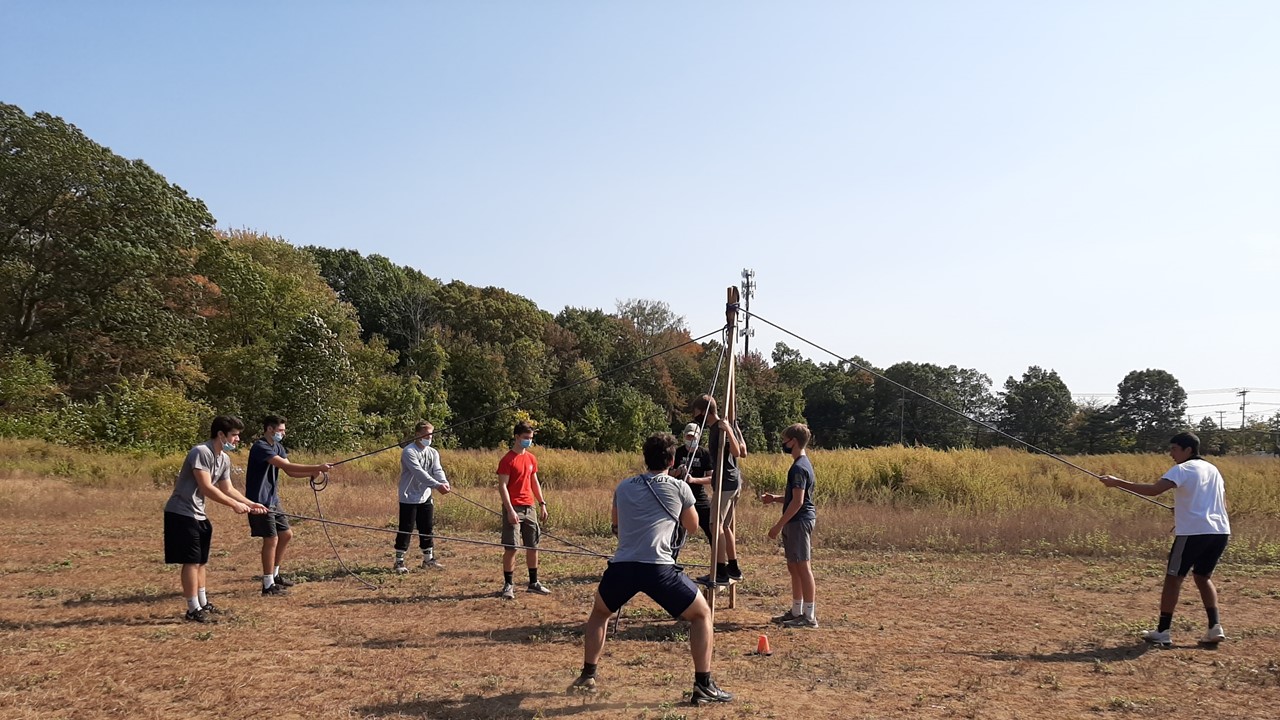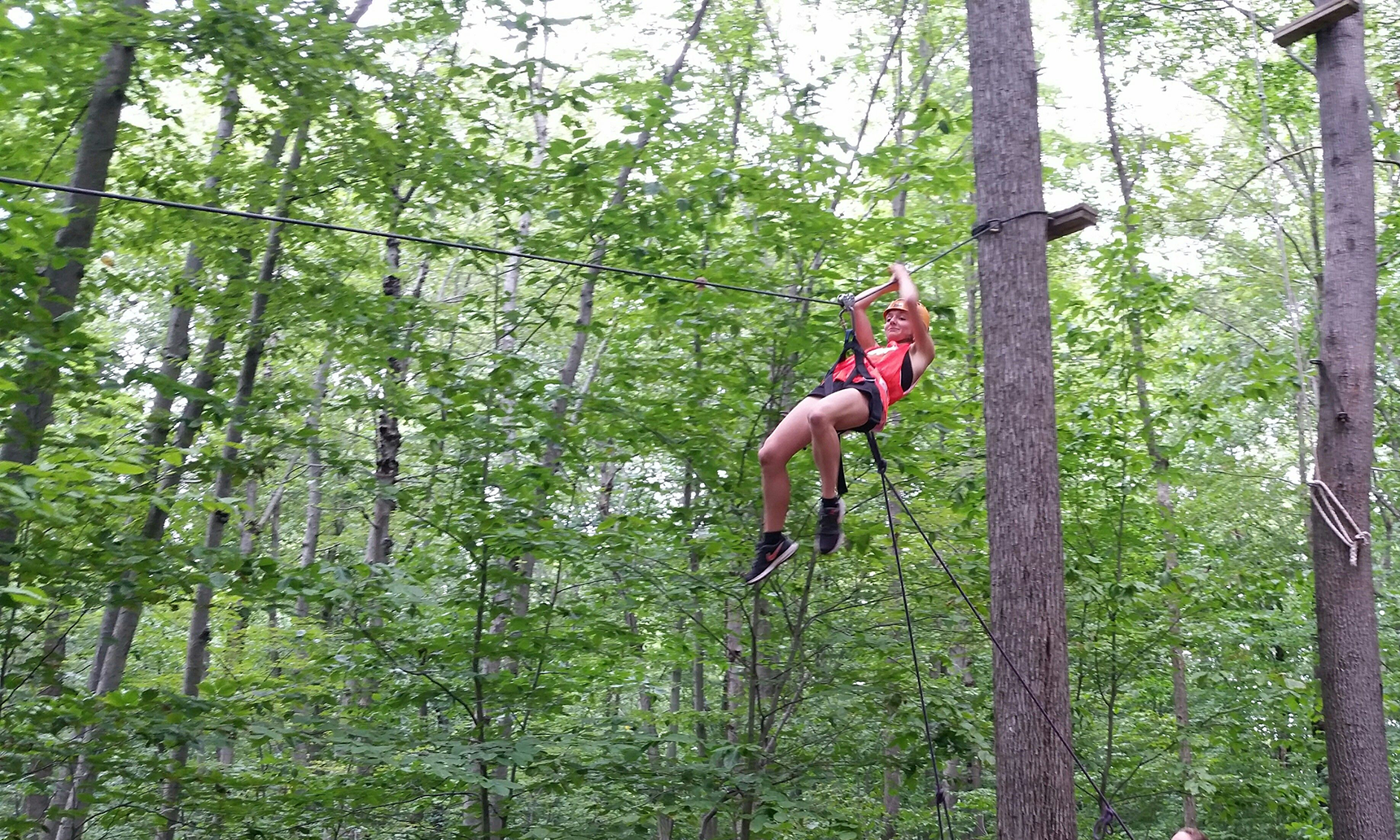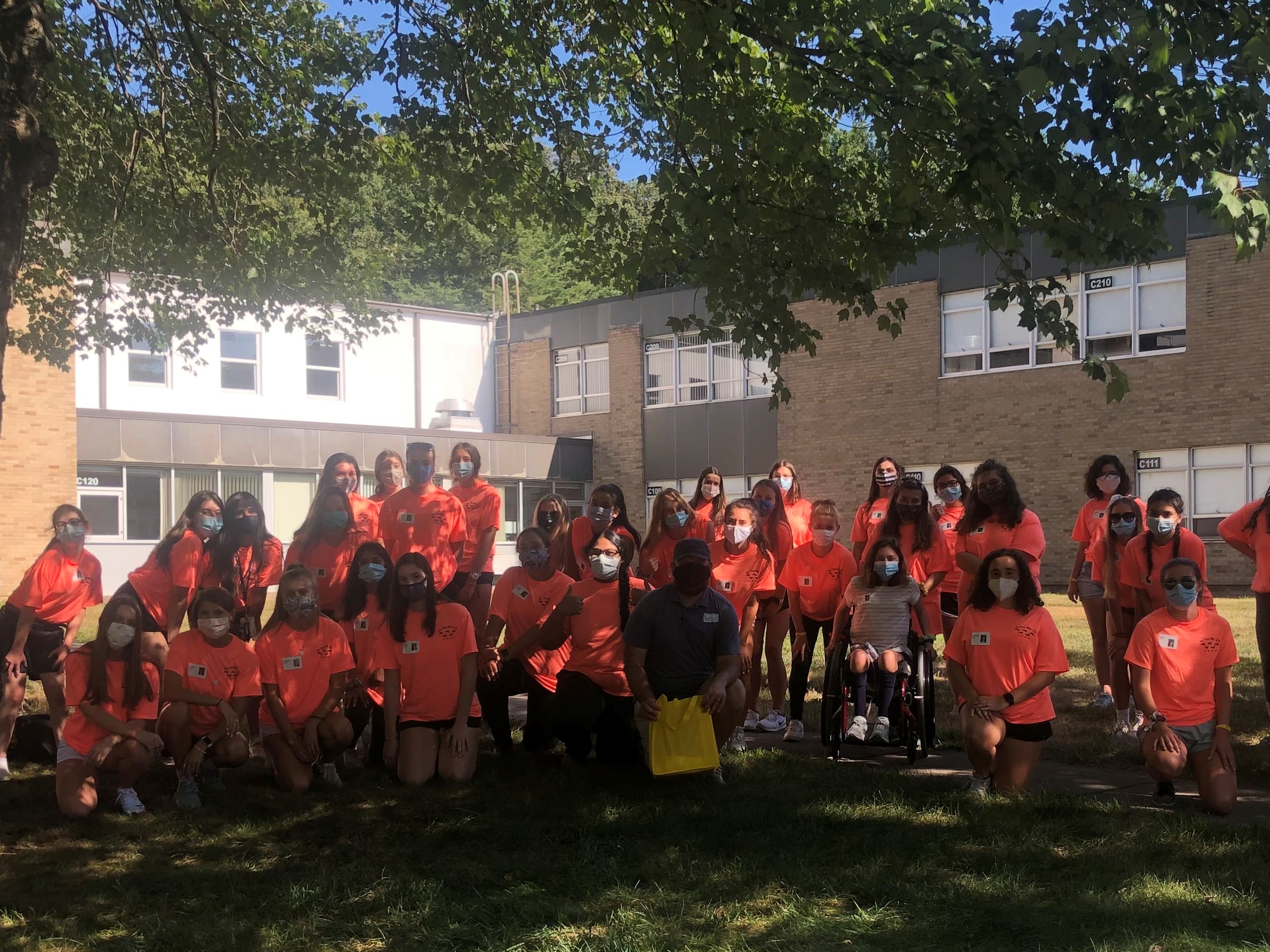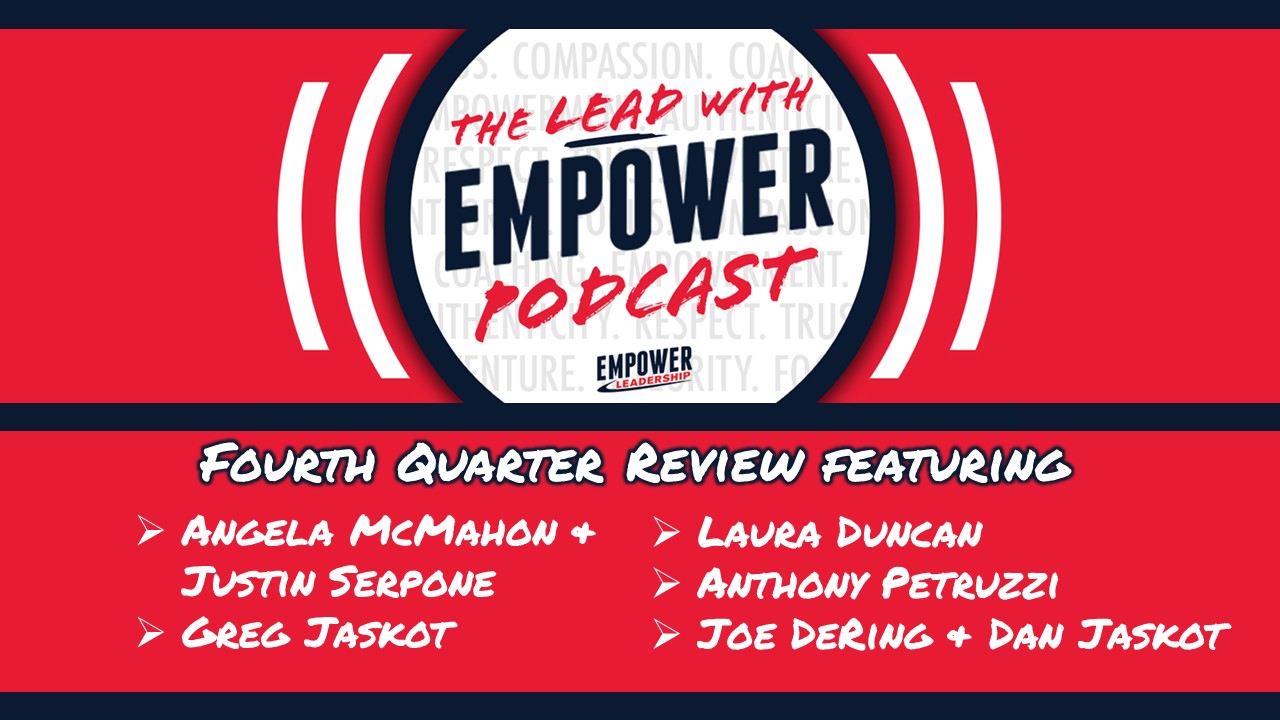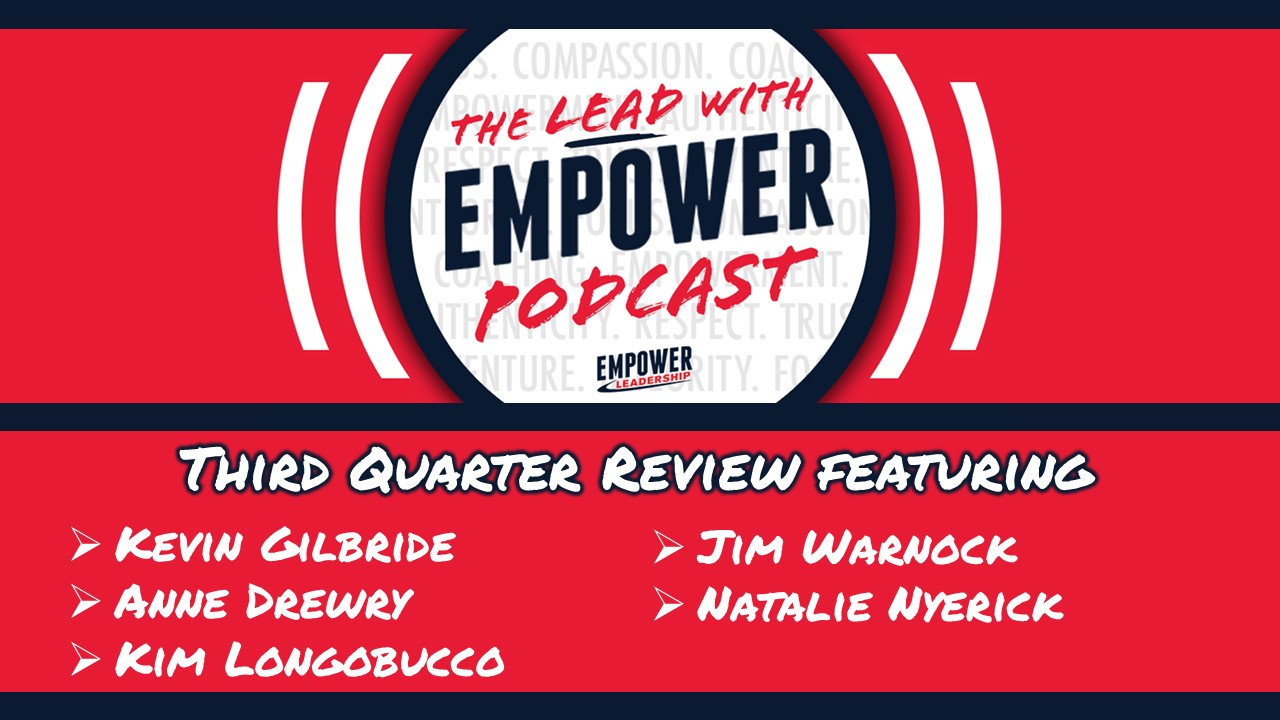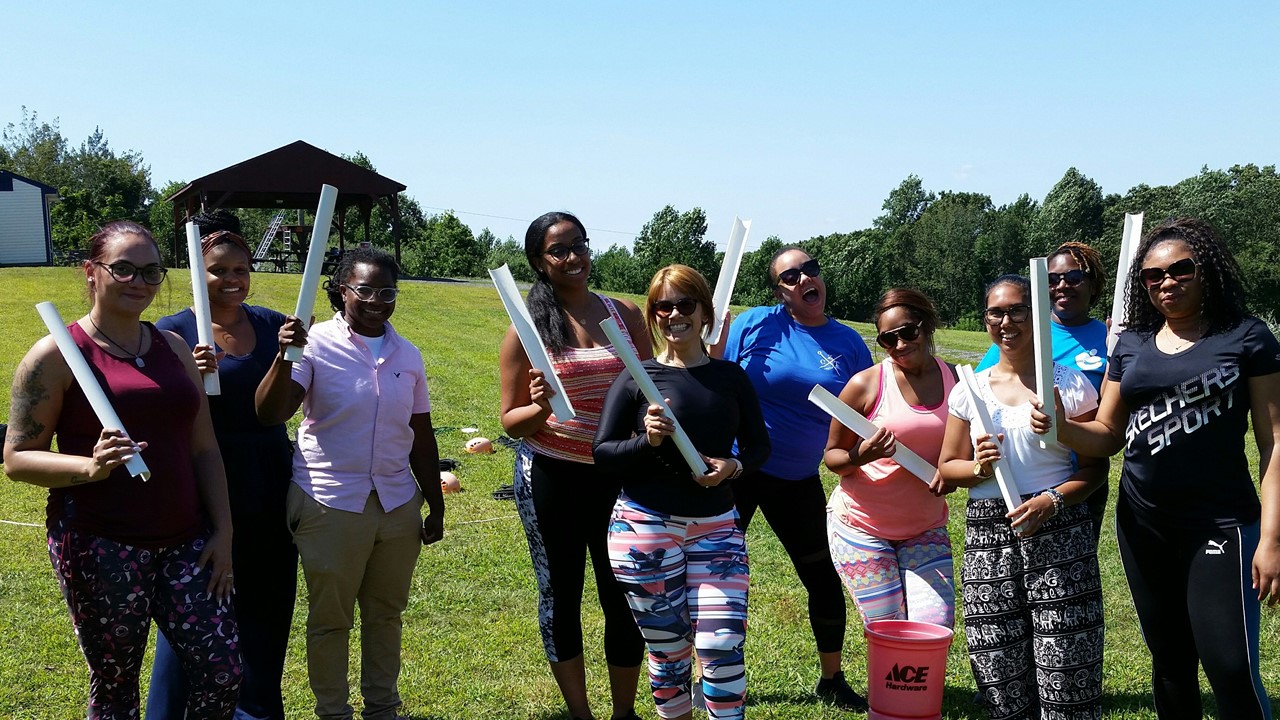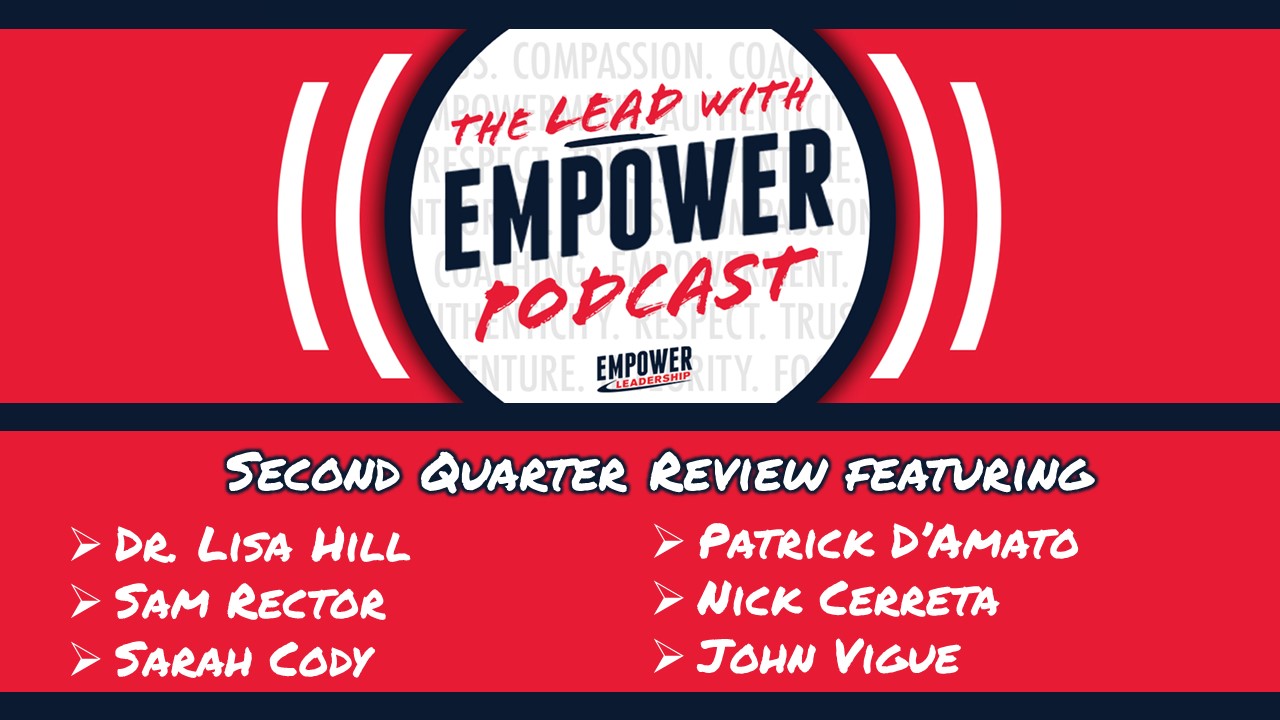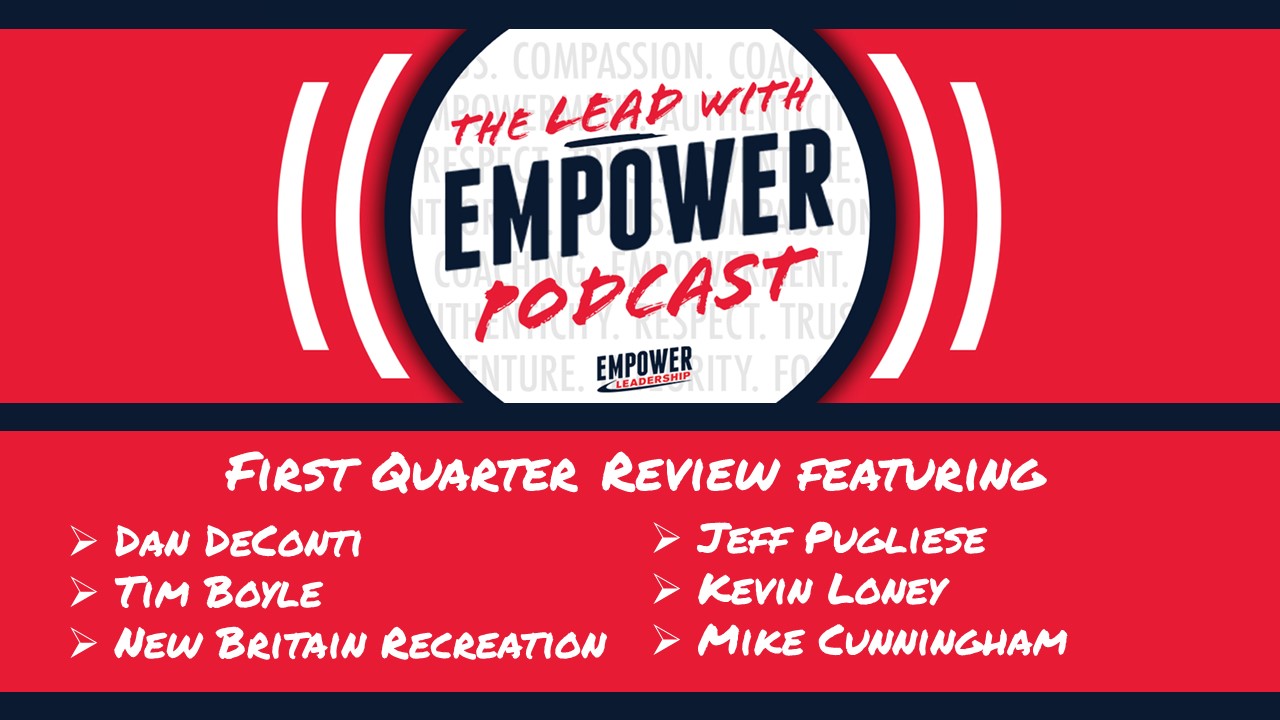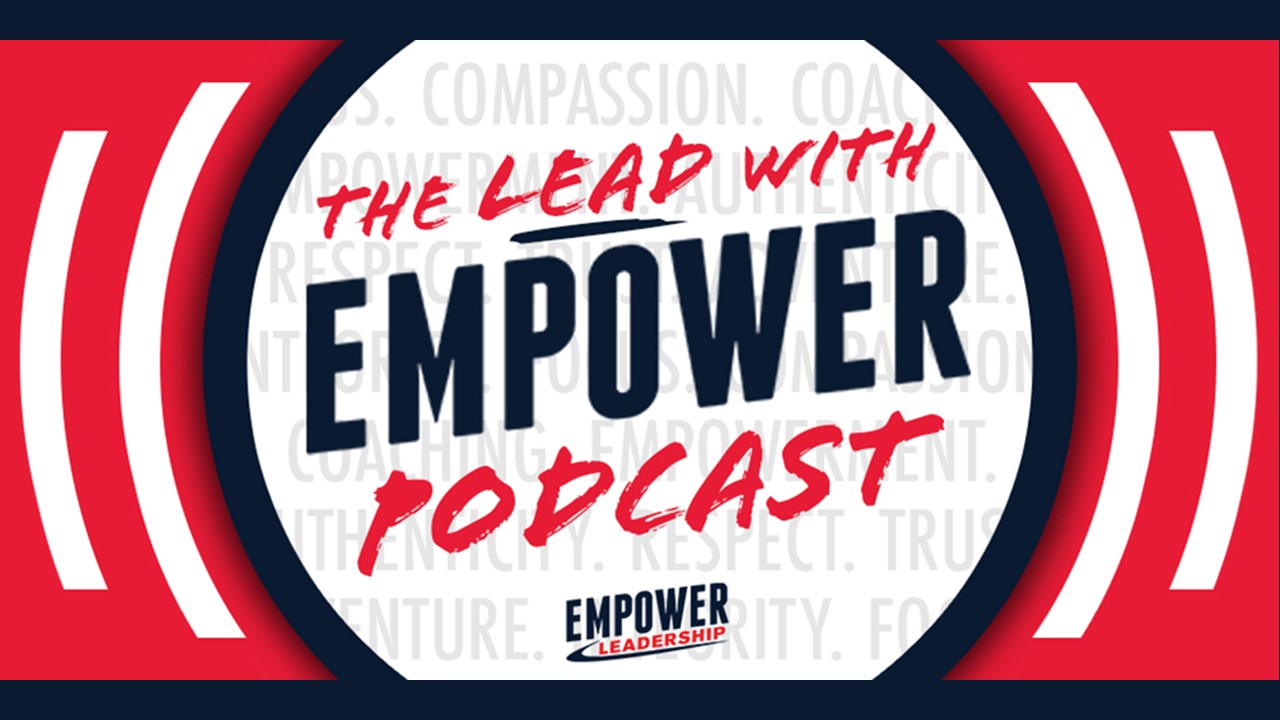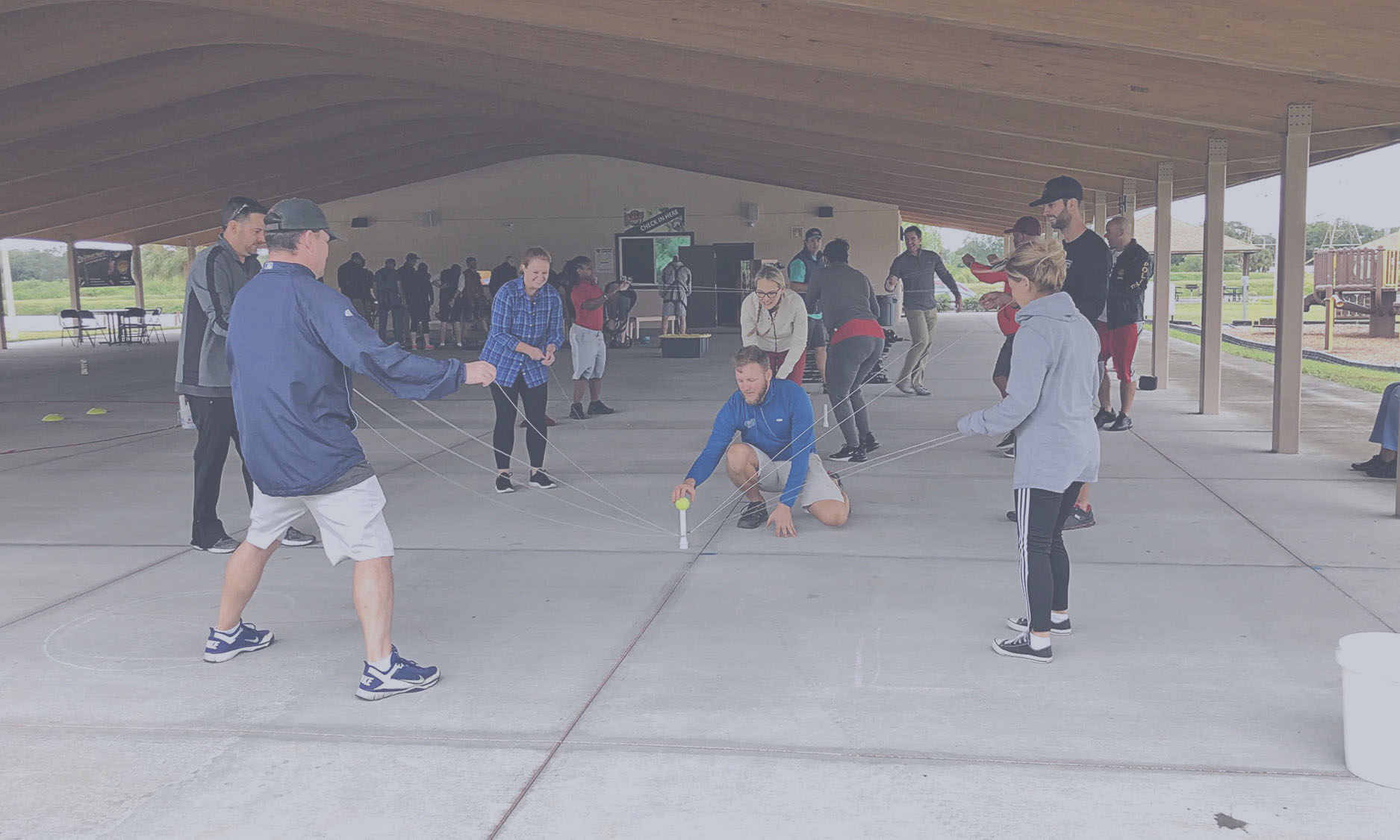Experiential Goal Setting Lessons with Empower Leadership
Living with Vision and Purpose
I know where I want to go and I know just how I am going to get there! The tremendous leader lives each day with vision (a goal or set of goals she/he aspires to achieve) and purpose (a set of daily actions that help the leader progress towards achievement). Like all other leadership qualities, goal setting and action planning for achievement, are skills that can be learned and developed with intentional practice! However, goal setting workshops or activities often miss the mark in most school, office, or athletic settings.
The Goal Setting Blues
Mentioning that “it is time for a goal setting activity” is sure to draw groans and complaints from most students, employees, or athletes. Far too often, the goal setting activity is a “thing that you are supposed to do” at the start of a school year, fiscal year, or athletic season – a “time filler” worksheet that is completed, stuffed into a folder, never reviewed, and eventually shredded and recycled. When a leader delivers content with the “we just need to get this over with” mentality, the buy-in from the students, employees, or athletes will follow suit!
We know that goal setting and action planning for achievement are both very important skills; it is our job as leaders to make sure any opportunities we provide to our students, employees, or athletes to improve those skills are intentional and meaningful!
Intentional and Meaningful – Keys to a Successful Goal Setting Activity
The Empower Leadership Team and I believe that a successful goal setting activity (1) is presented as important and valuable, (2) is regularly reviewed, (3) follows the 5-5-5-5 rule, and (4) includes experiential components! Let’s take a deeper look at the 4 Keys to a Successful Goal Setting Activity!
Important and Valuable: If a leader presents a task as mundane, insignificant, or as “another box to check off of the checklist”, the performance of those being asked to complete the task will live up to that low standard. I find goal setting activities work best when I include a personal story, applicable to the audience I am working with, that helps describe why the goal setting activity is important. I’ll draw from my personal experiences as a student, college athlete, teacher, and business leader to connect with the “participants” on a more personal level. An engaging, and sometimes humorous, story will go much further than just throwing a goal setting worksheet down on the desk!
Regularly Reviewed: The most common mistake I see with goal setting activities is that they are completed, filed away, and never talked about. What type of message will a leader send to her or his students, employees, or athletes when the goal setting activity that was presented as “important and valuable” is just shoved into the depths of an overcrowded filing cabinet?!?!? Consistent review of the goal setting activity with those who complete the activity will (1) validate the importance and value of goal setting and achievement action planning as meaningful leadership skills and (2) show that the leader has a vested interest in the personal and/or professional development of those that she/he leads.
The 5-5-5-5 Rule: This rule highlights the most important elements of a successful goal setting exercise: self-evaluation, long-term vision, and daily actions that will give us the best chance of achieving our goal. The 5-5-5-5 rule requires participants to put thought into the goal setting exercise and provides the leader with all of the necessary information to perform regular reviews, provide support and coaching, create a sense of personal (and group) accountability, and, most importantly, celebrate accomplishments!
- 5 qualities I consider to be personal strengths (self-evaluation #1)
- 5 qualities I consider to be personal weaknesses or challenges (self-evaluation #2)
- 5-point vision – have each person write down a desired accomplishment that is (1) challenging yet realistic, (2) measurable, (3) relevant, (4) meaningful to the person, and (5) can be shared with an accountability partner!
- 5 daily actions – write down 5 daily actions that, if performed consistently, will give me the best shot to achieve my goal. The 5 daily actions should also be shared with an accountability partner.
Experiential Components
People learn best by doing! Adding an experiential element to your goal setting activity will take it to the next level! Two of my favorite adventure activities that focus on Goal Setting and Achievement are the In Plain Sight and Key Punch initiatives.
In Plain Sight is more of an individual goal setting challenge in which participants must search for a pen that is hidden in an area of equipment over the course of multiple “iterations”. After each iteration, a meaningful lesson is introduced to the participants; including having a strategy to find the pen (plan for goal achievement), working hard and being committed to your strategy (self-accountability), courage to evaluate and adjust your strategy if it is not working (creative problem solving), and celebrating success when you find the pen (the triumphant feeling of empowerment when you work hard for something and achieve it!).
The Key Punch initiative is a great goal setting activity in a team environment. Like In Plain Sight, Key Punch is an activity that takes place over multiple iterations. Participants are tasked with stepping on numbered spots, in order, that are set up randomly inside of a circular boundary. Each iteration is timed and, before the last trial, the team will set a completion time goal that they will try to beat during the last trial. The Key Punch activity includes great facilitation around process development and improvement, communication of individual roles/responsibilities, product vs. process, and the importance of preparation.
Both activities also highlight an important aspect of goal setting that is rarely discussed – what do you do when you or your team fall short? The facilitation of each activity always includes the right amount of adversity (helping participants learn to better identify and manage both internal and external stressors or distractions) and the potential for struggle or failure (is falling short of a challenging goal considered a failure even if you improved immensely over the course of the journey?).
I will only introduce a “paper and pen” goal setting activity once participants “get a taste” of what it truly means to set and chase down a goal through experiential learning – specifically after In Plain Sight (in more of an individual leadership setting) or Key Punch (in more of a team building setting). The facilitation of the activities accentuate the key elements of goal setting in a way that is memorable and meaningful for the participants – creating greater potential for a more meaningful and beneficial goal setting experience.
Implementing More Meaningful Goal Setting Lessons
Interested in learning about how you can implement more meaningful and beneficial goal setting activities with your students, employees, or athletes? Contact Empower Leadership President, Dan Jaskot, at dan@leadwithempower.com for a free Zoom Consultation!

